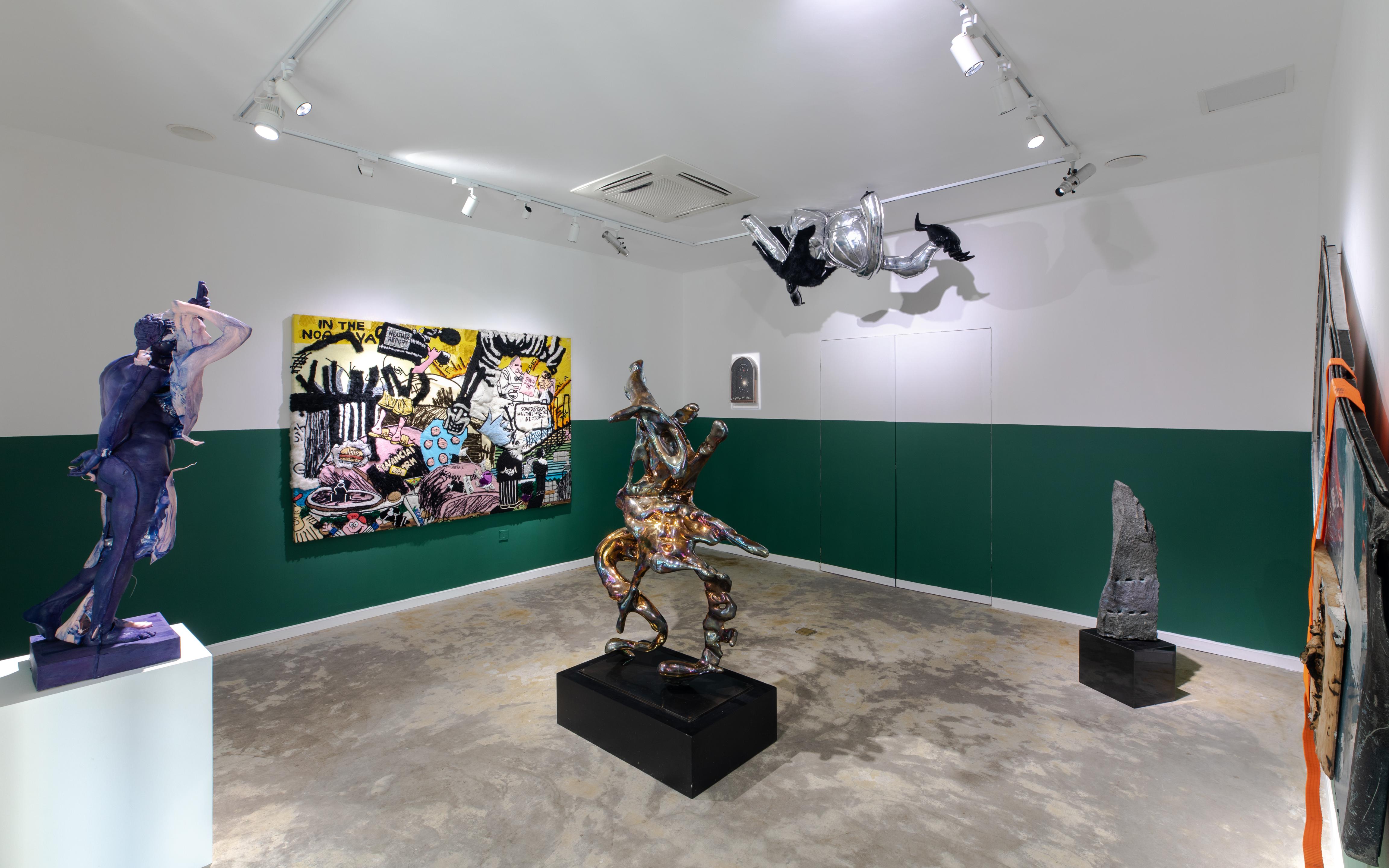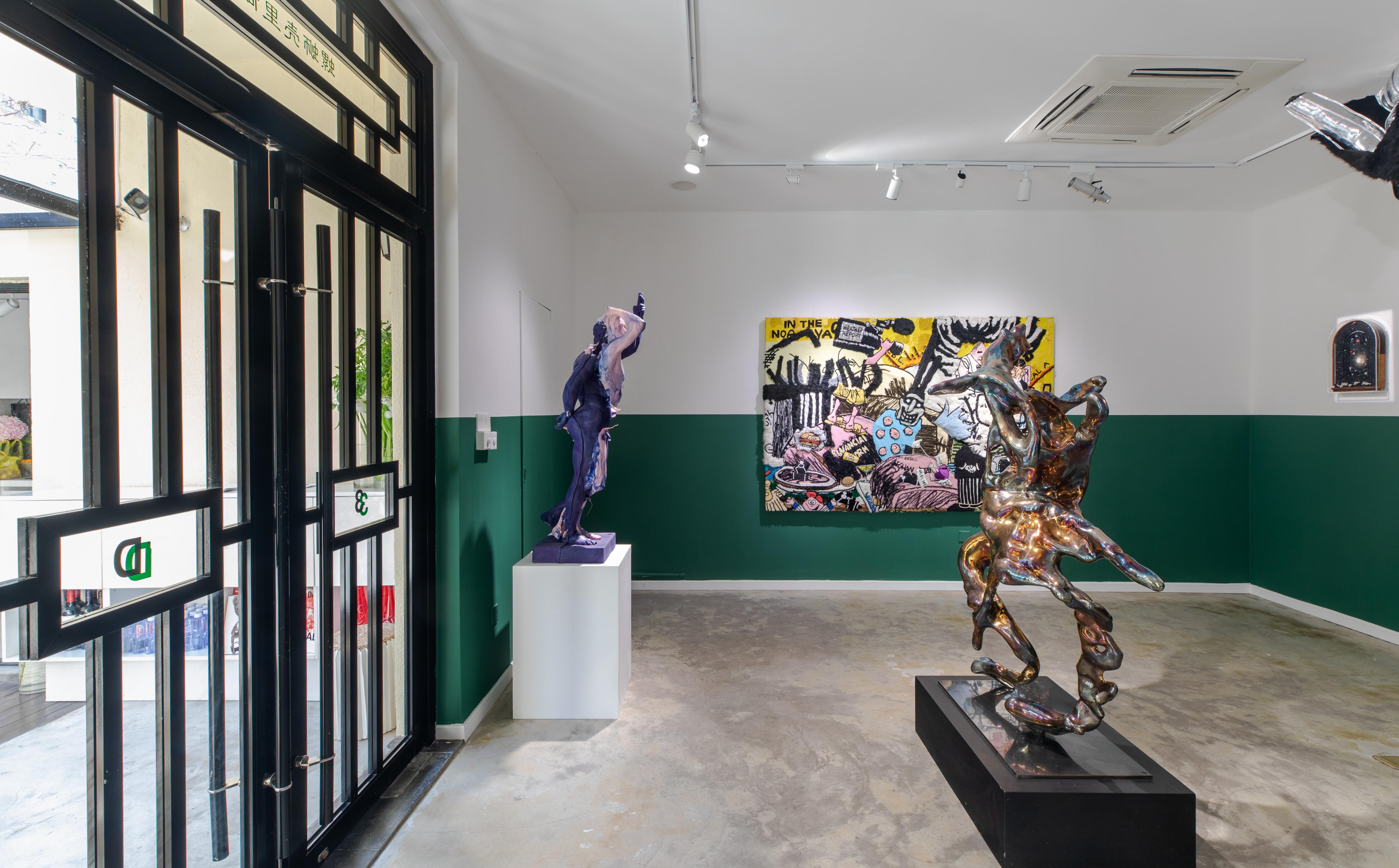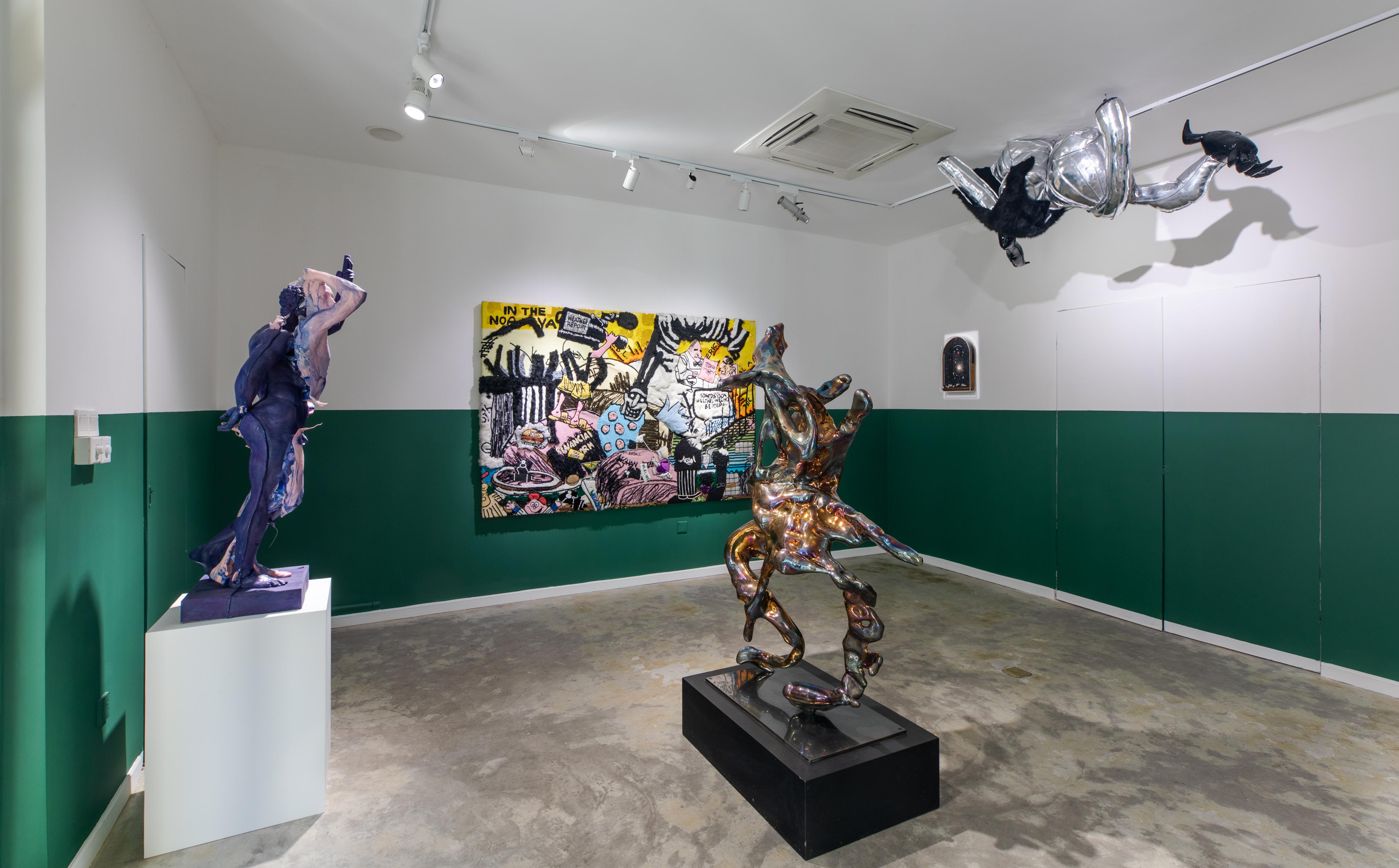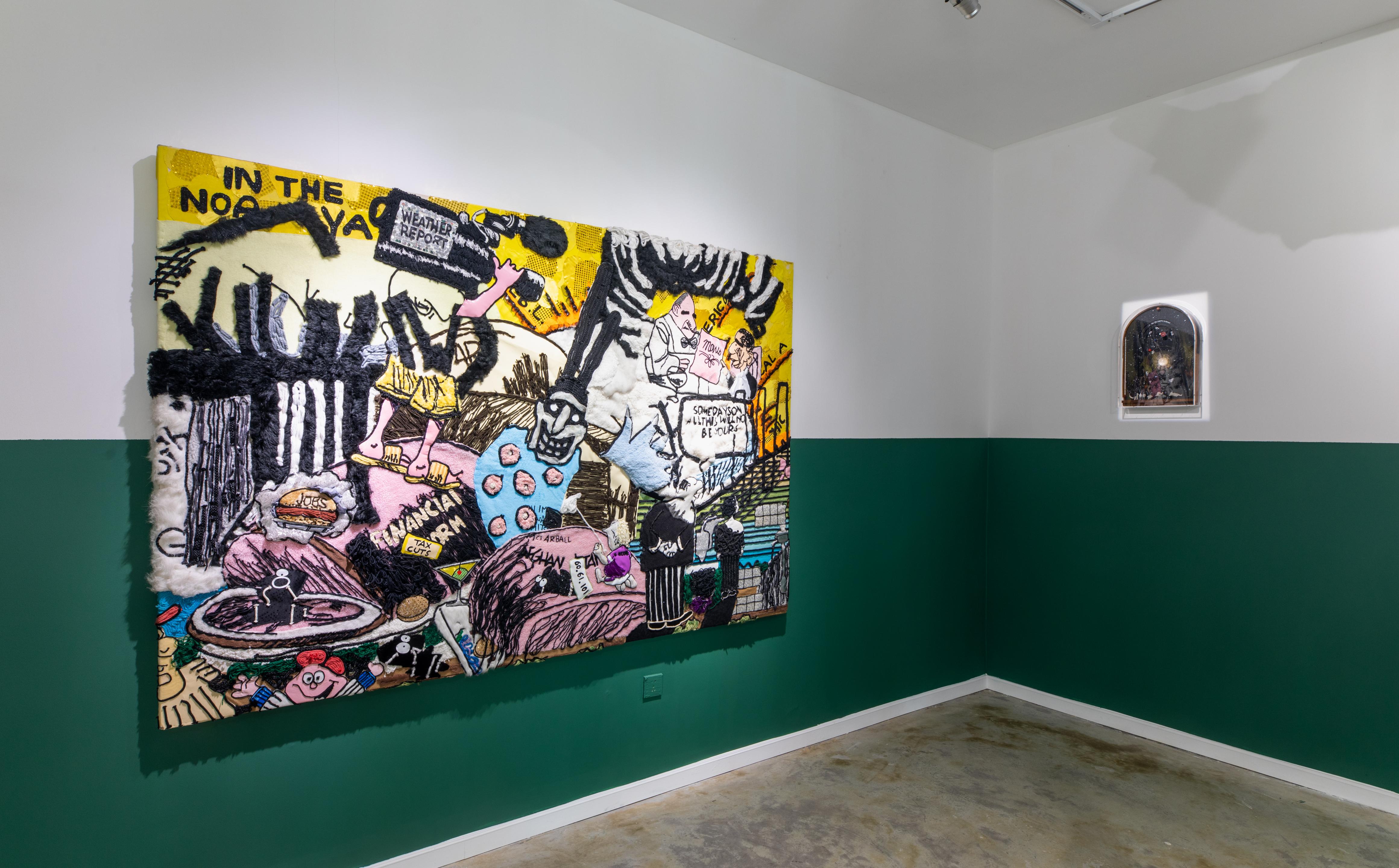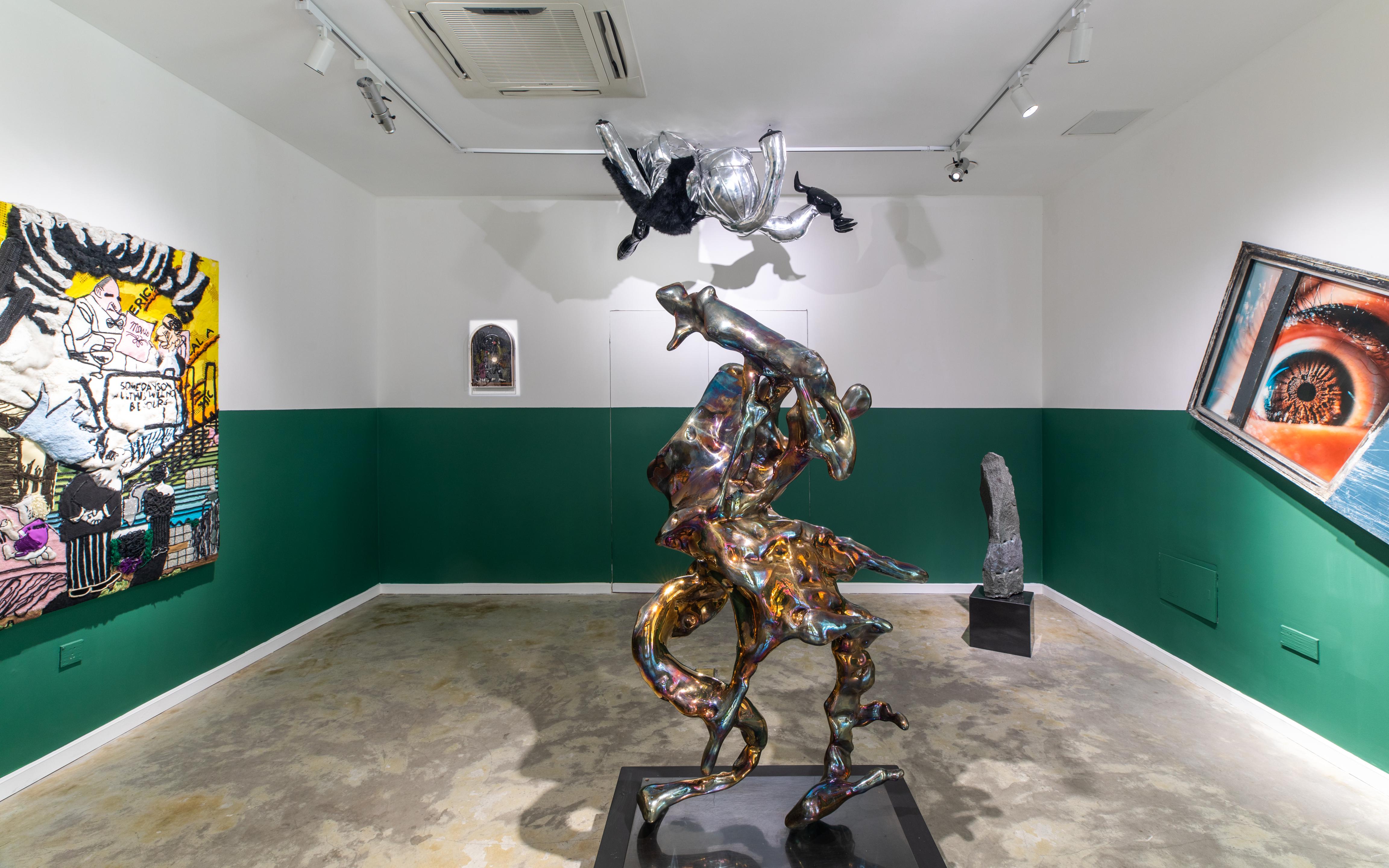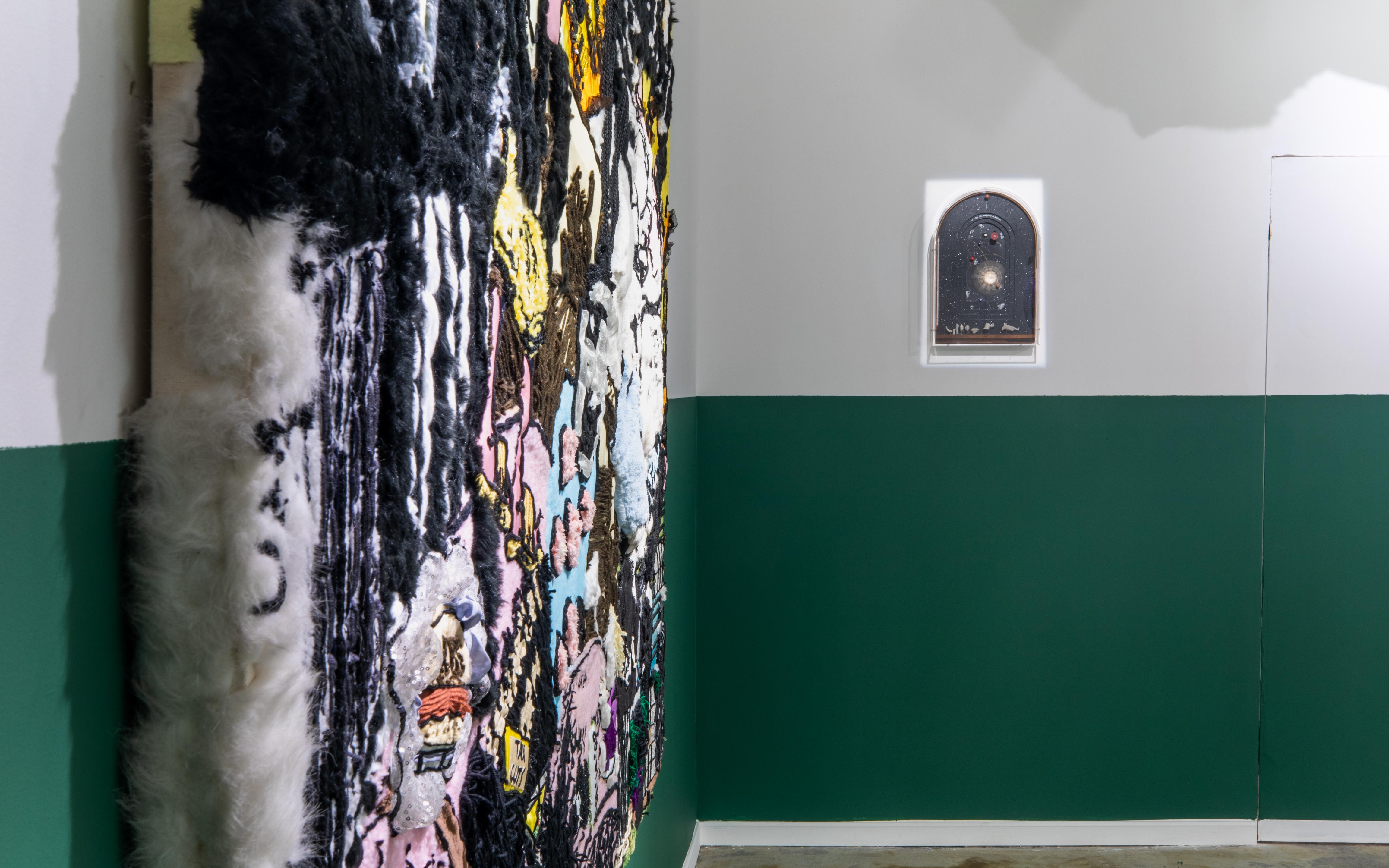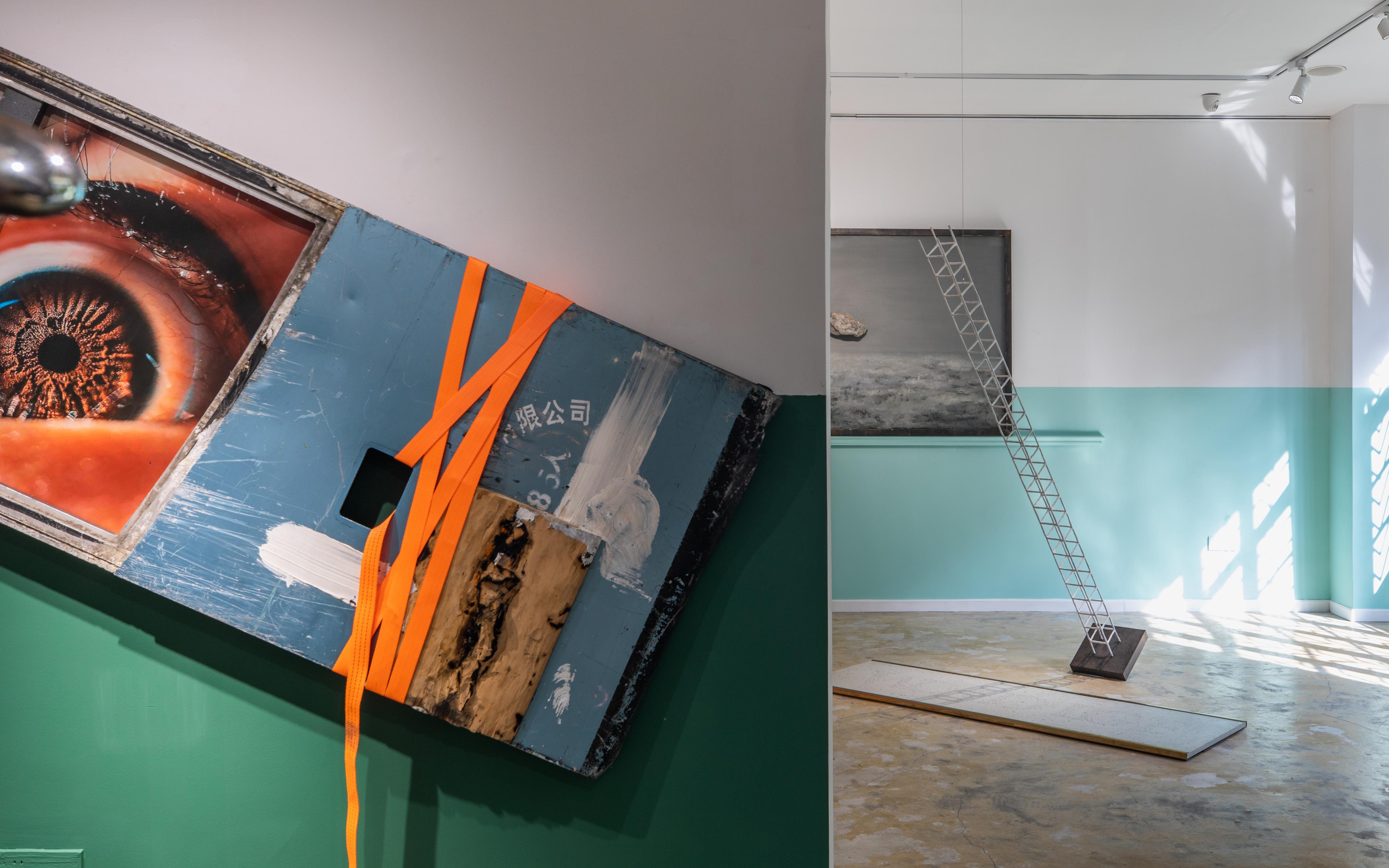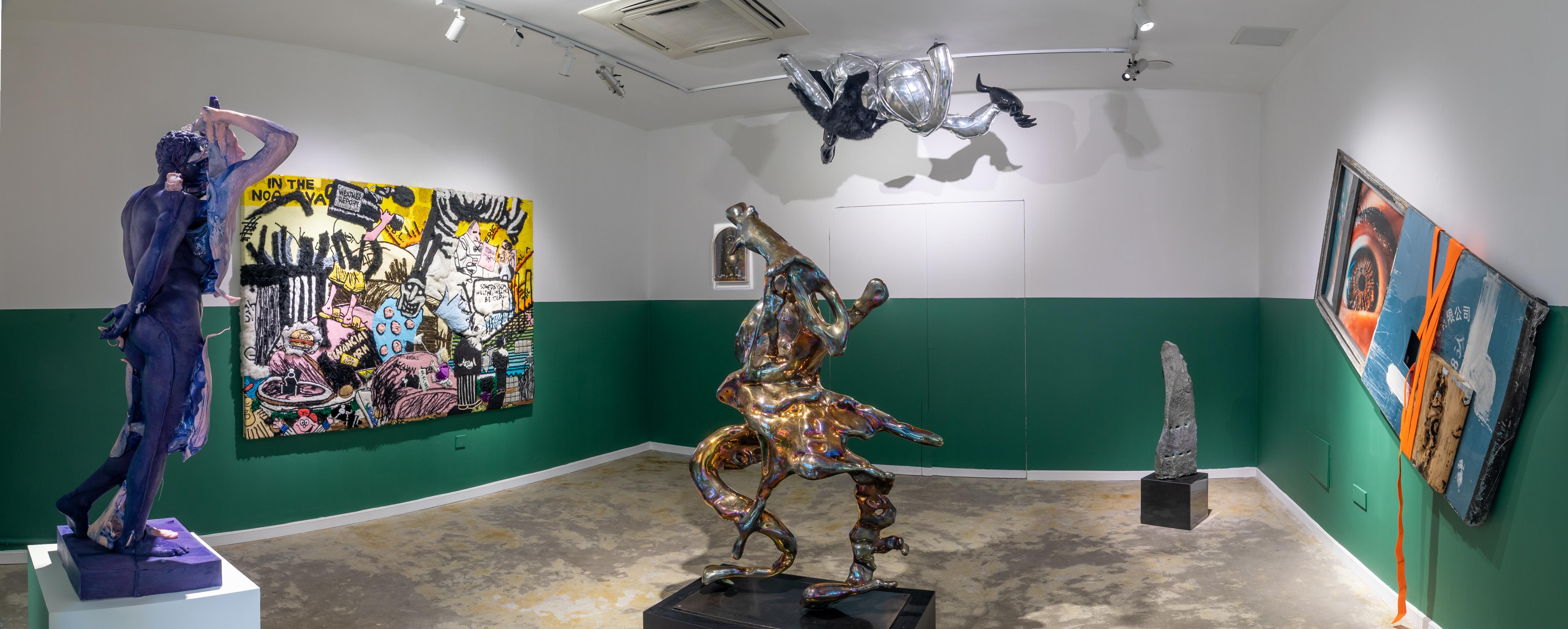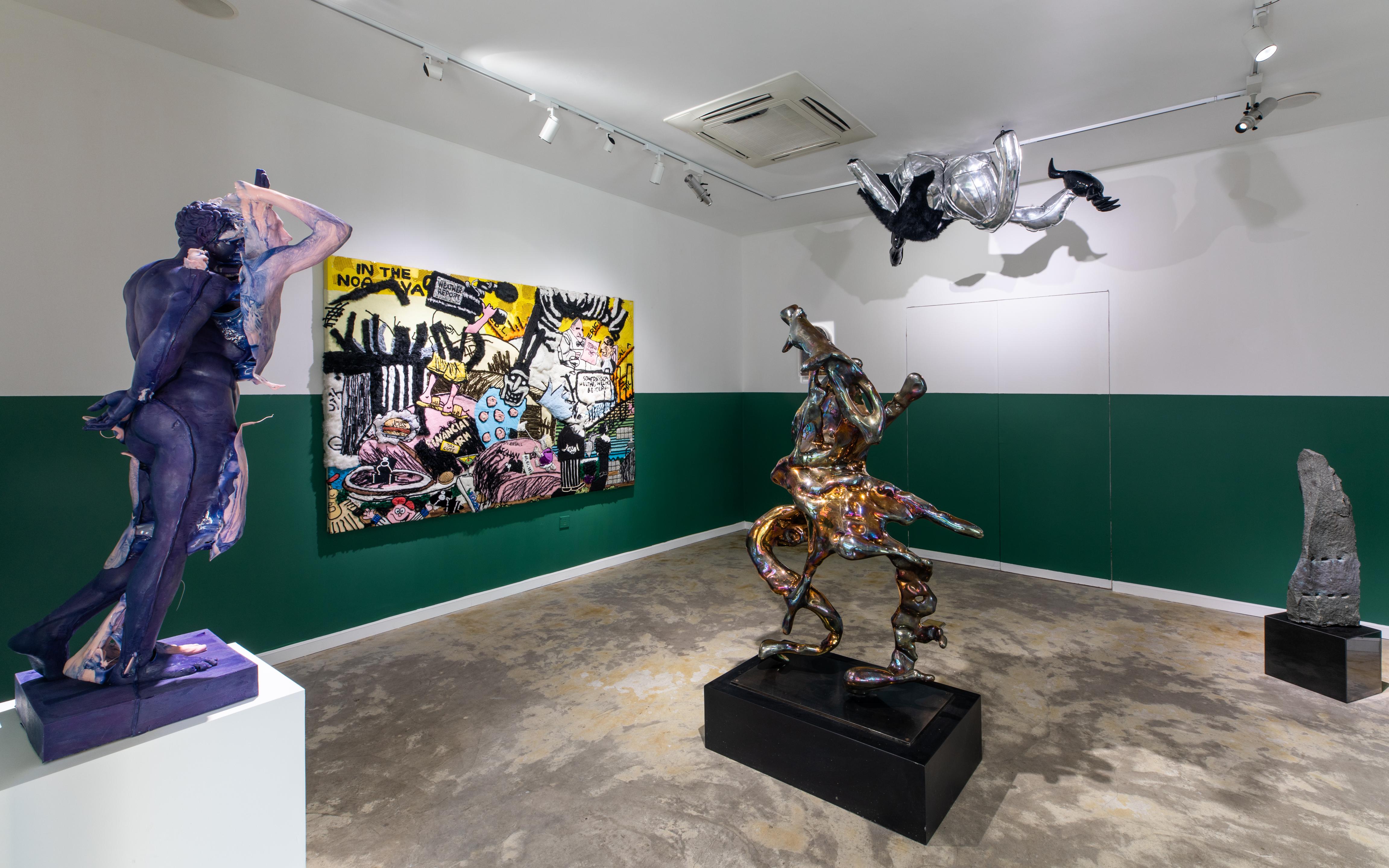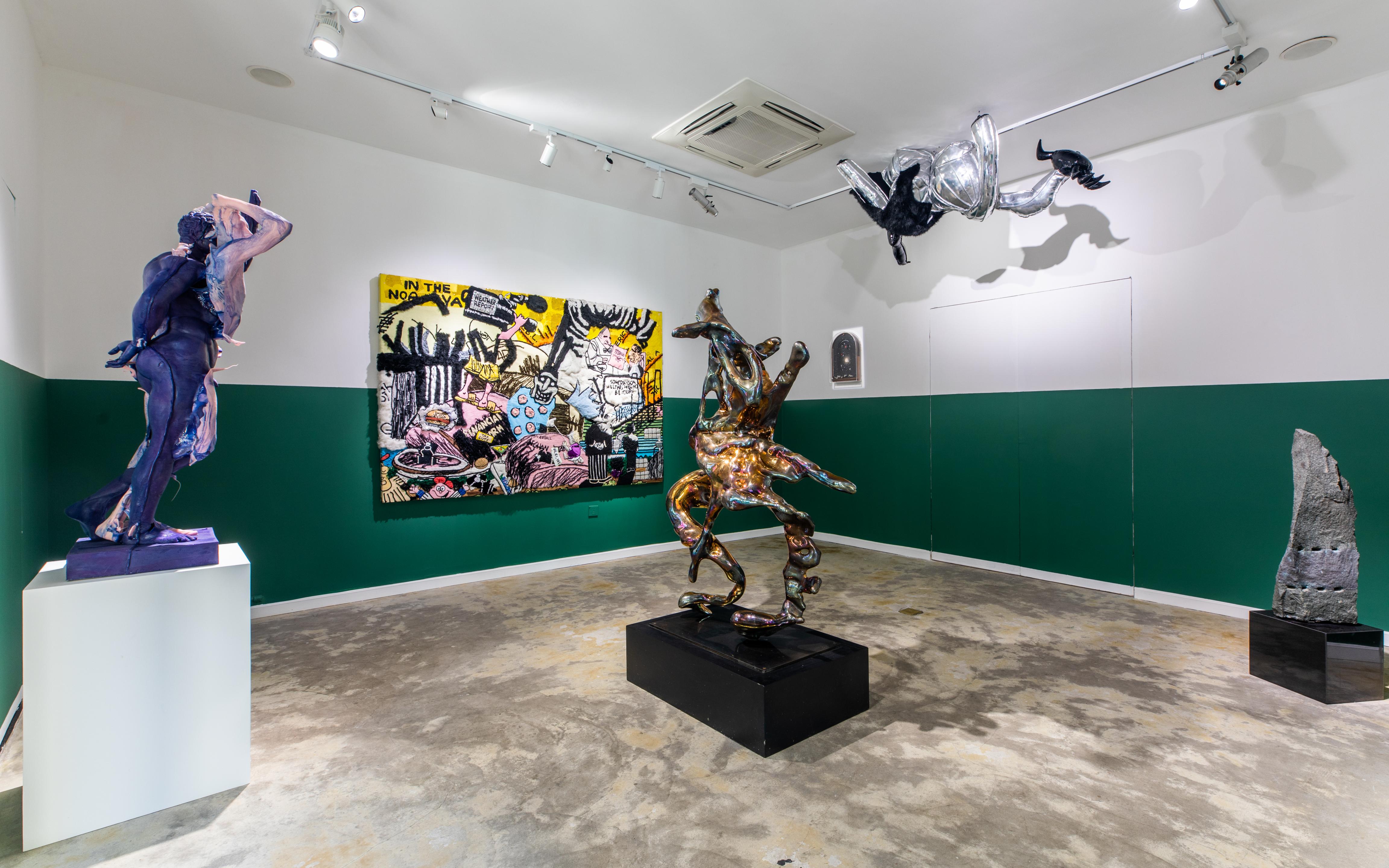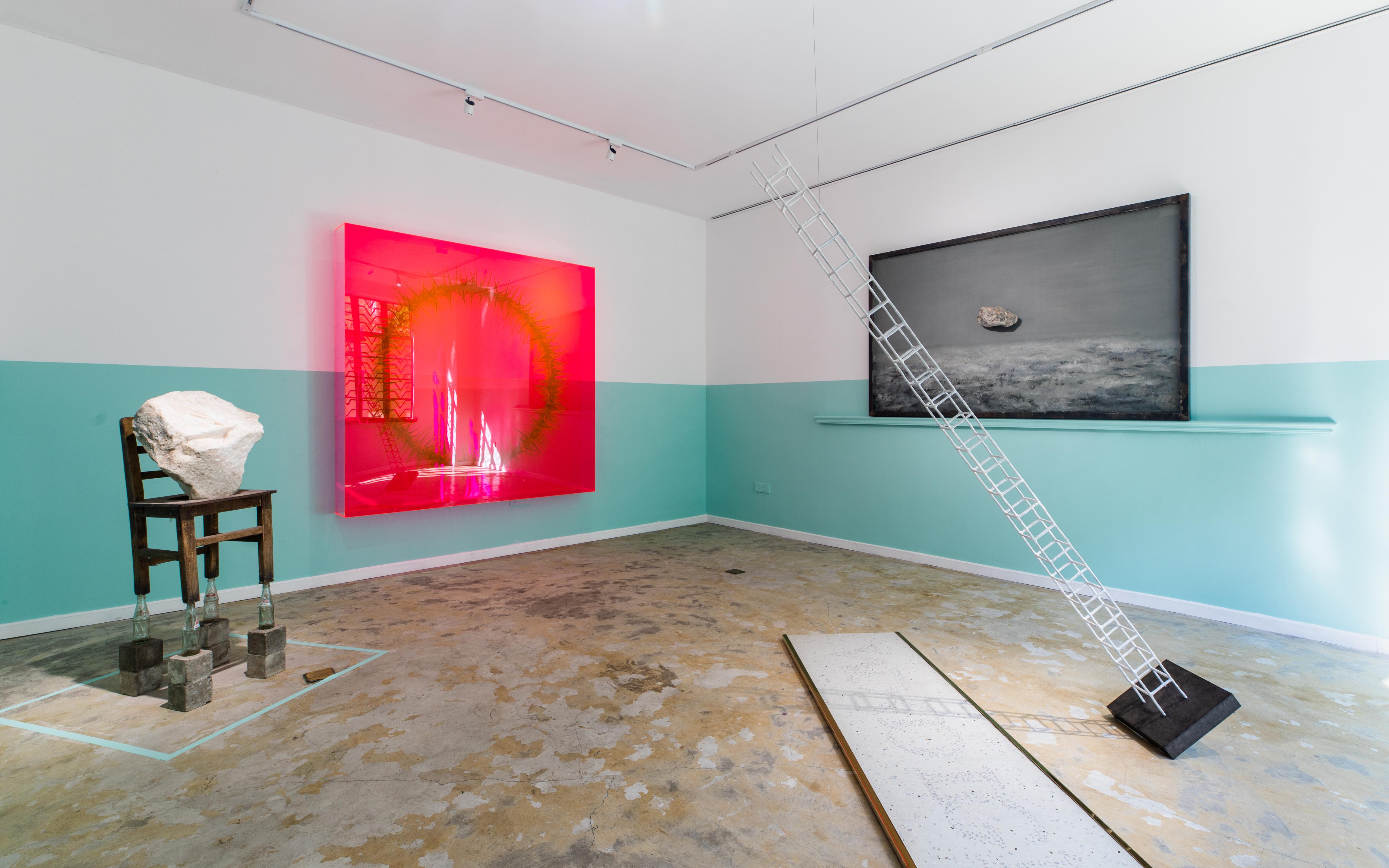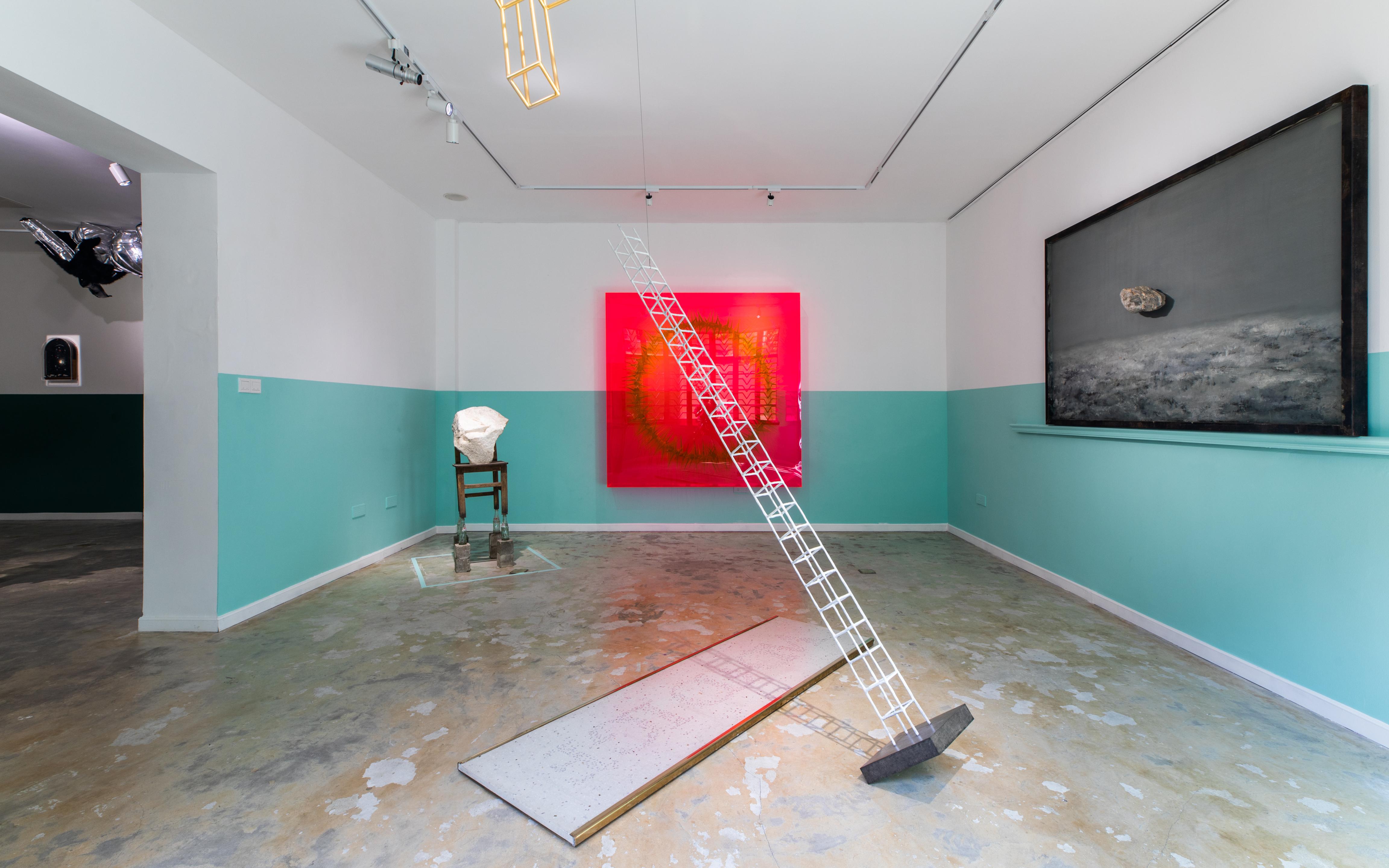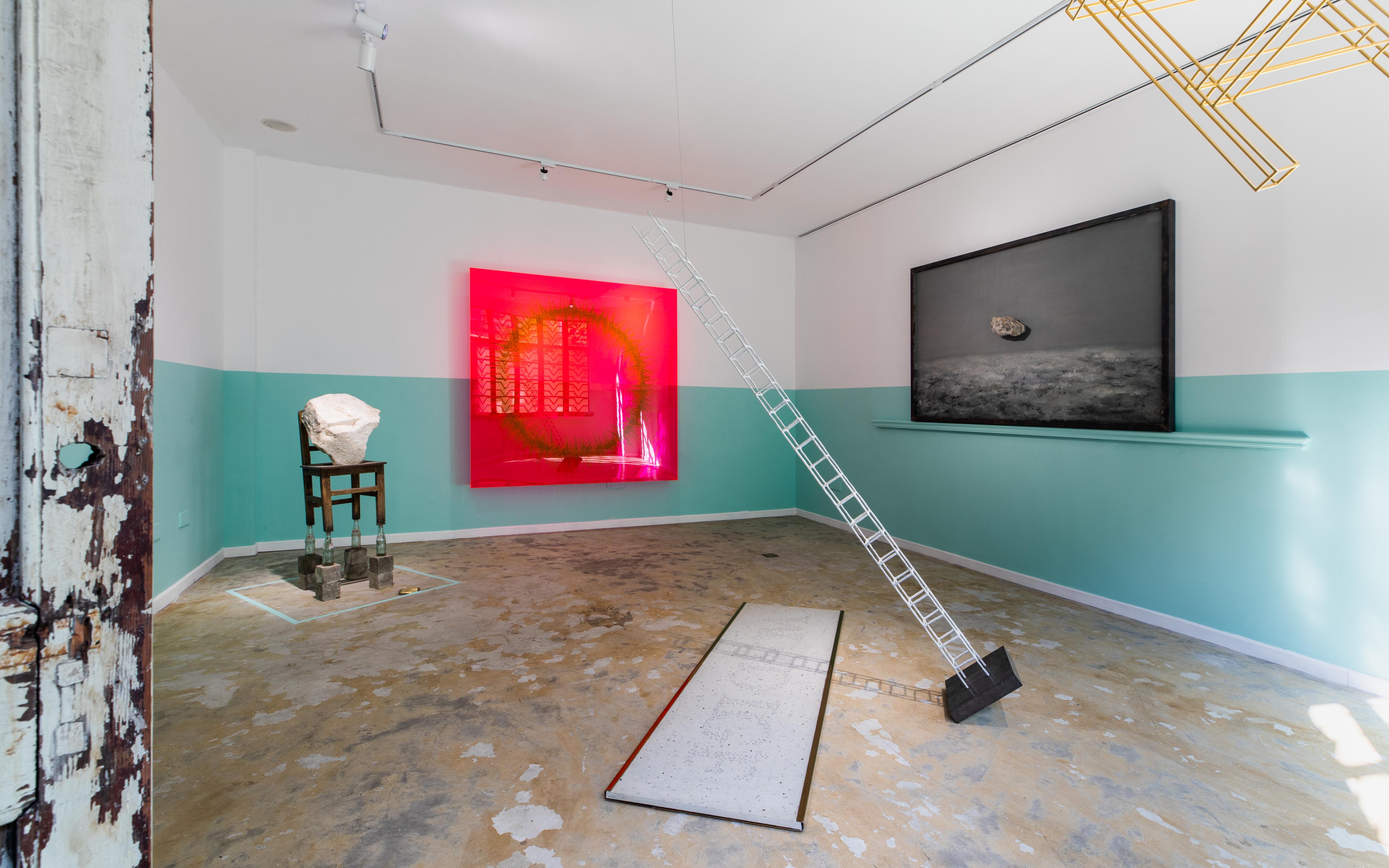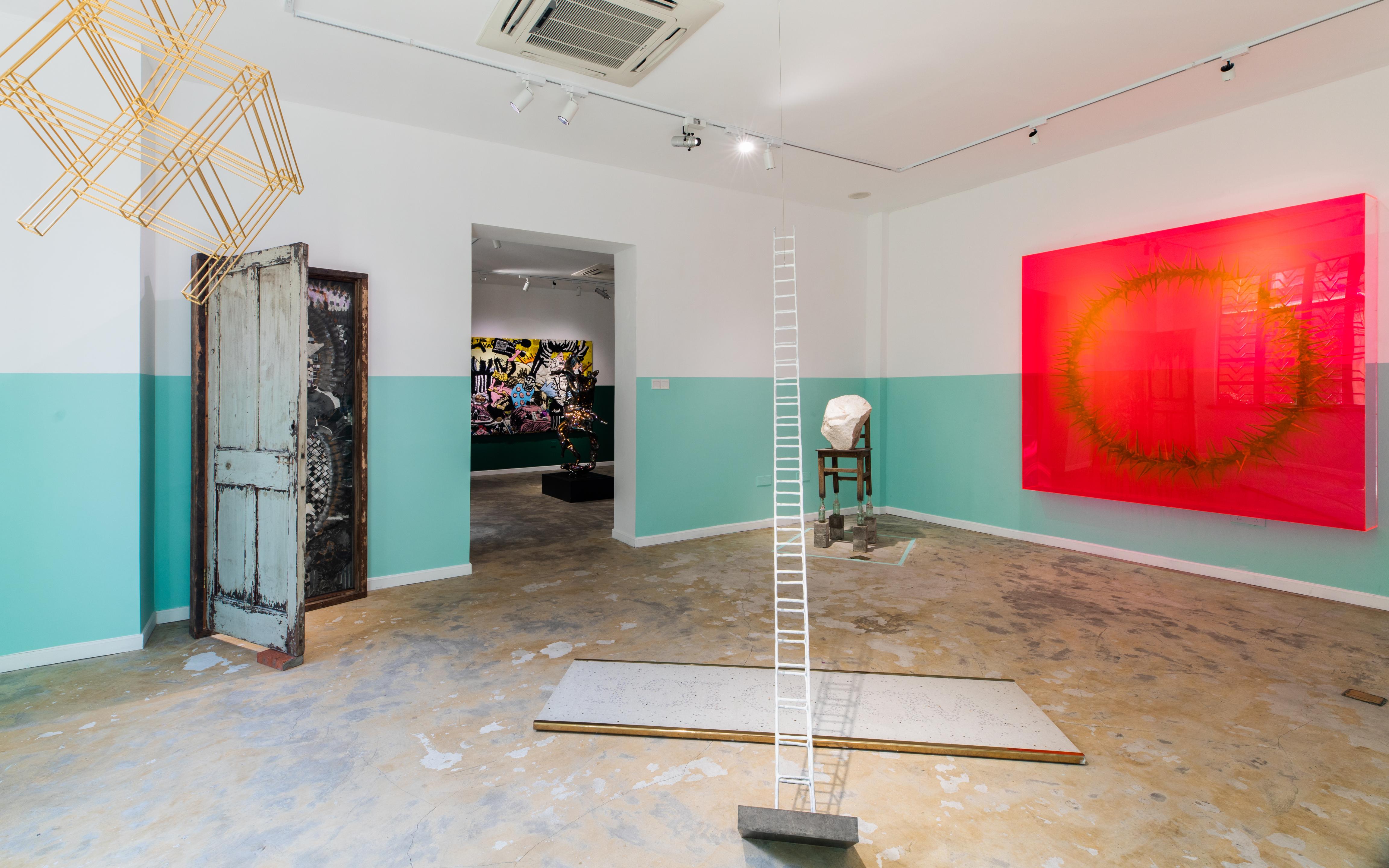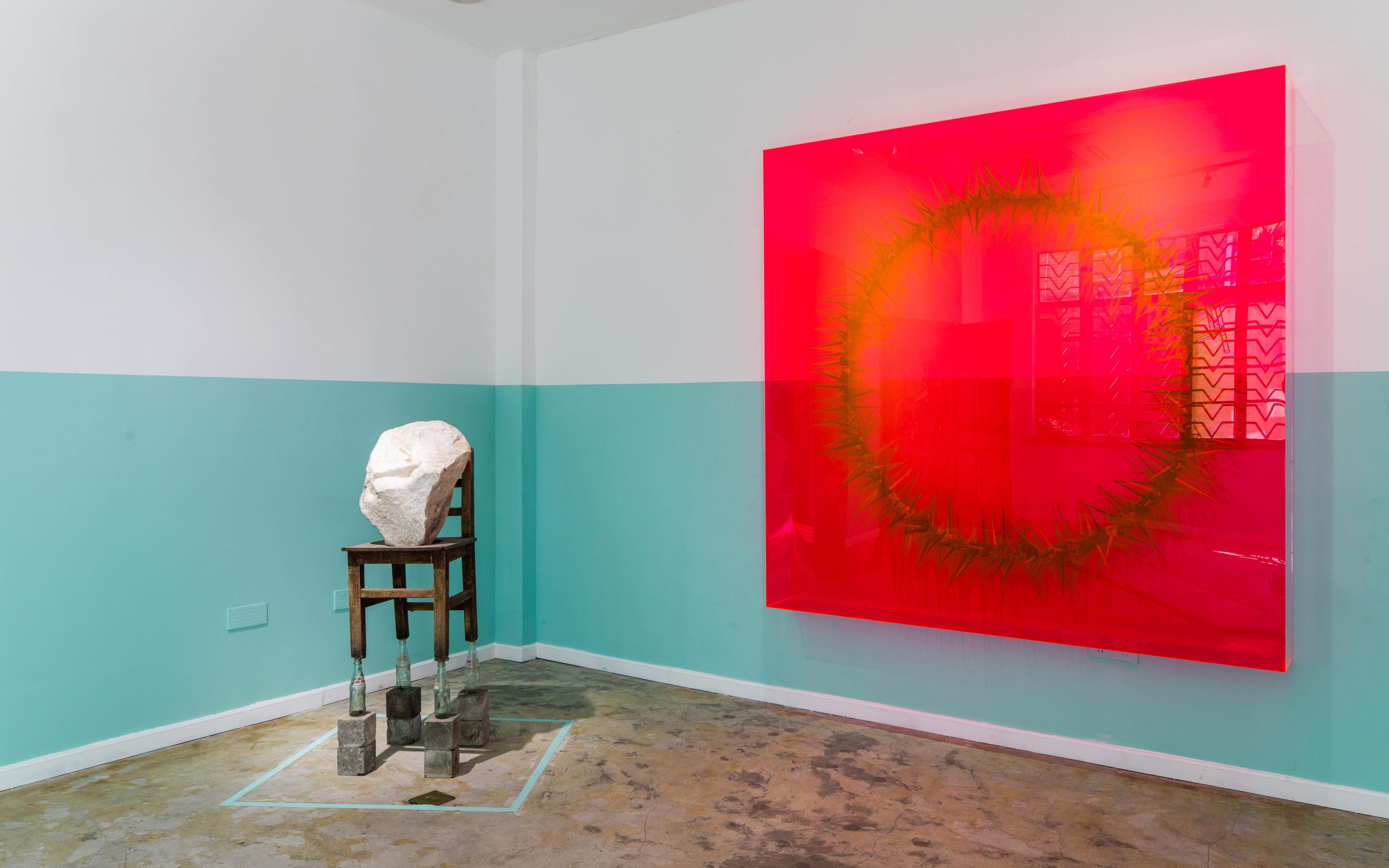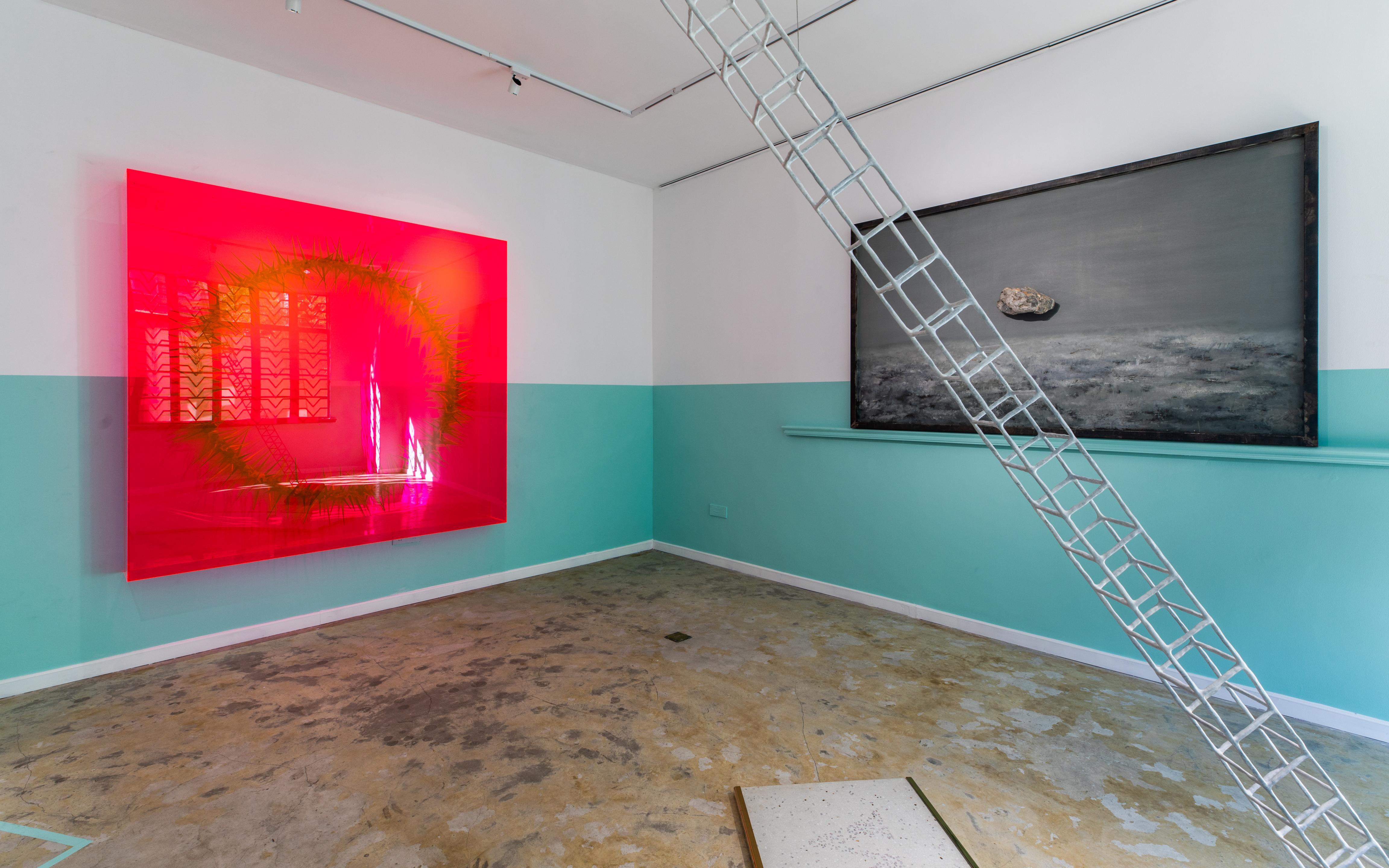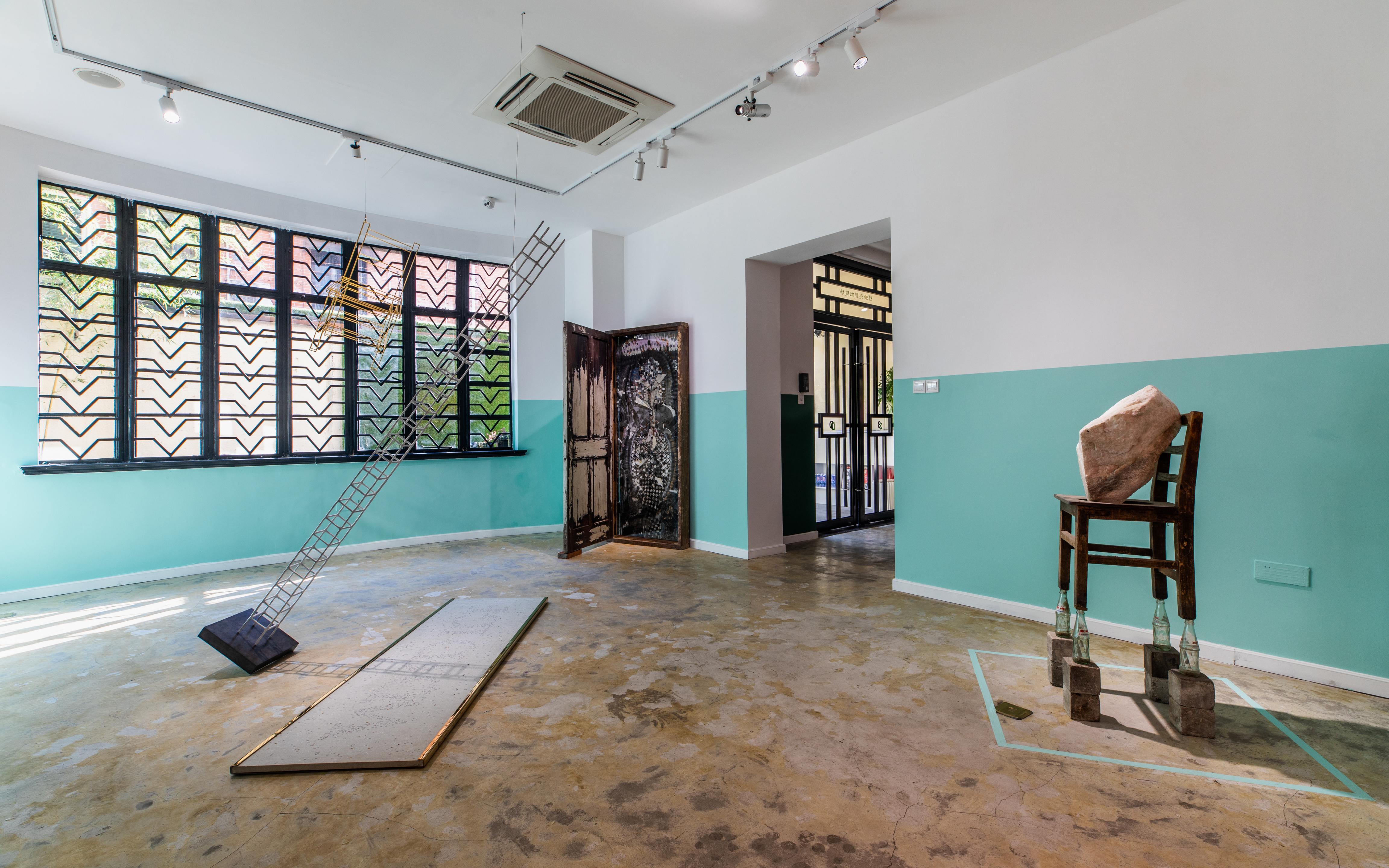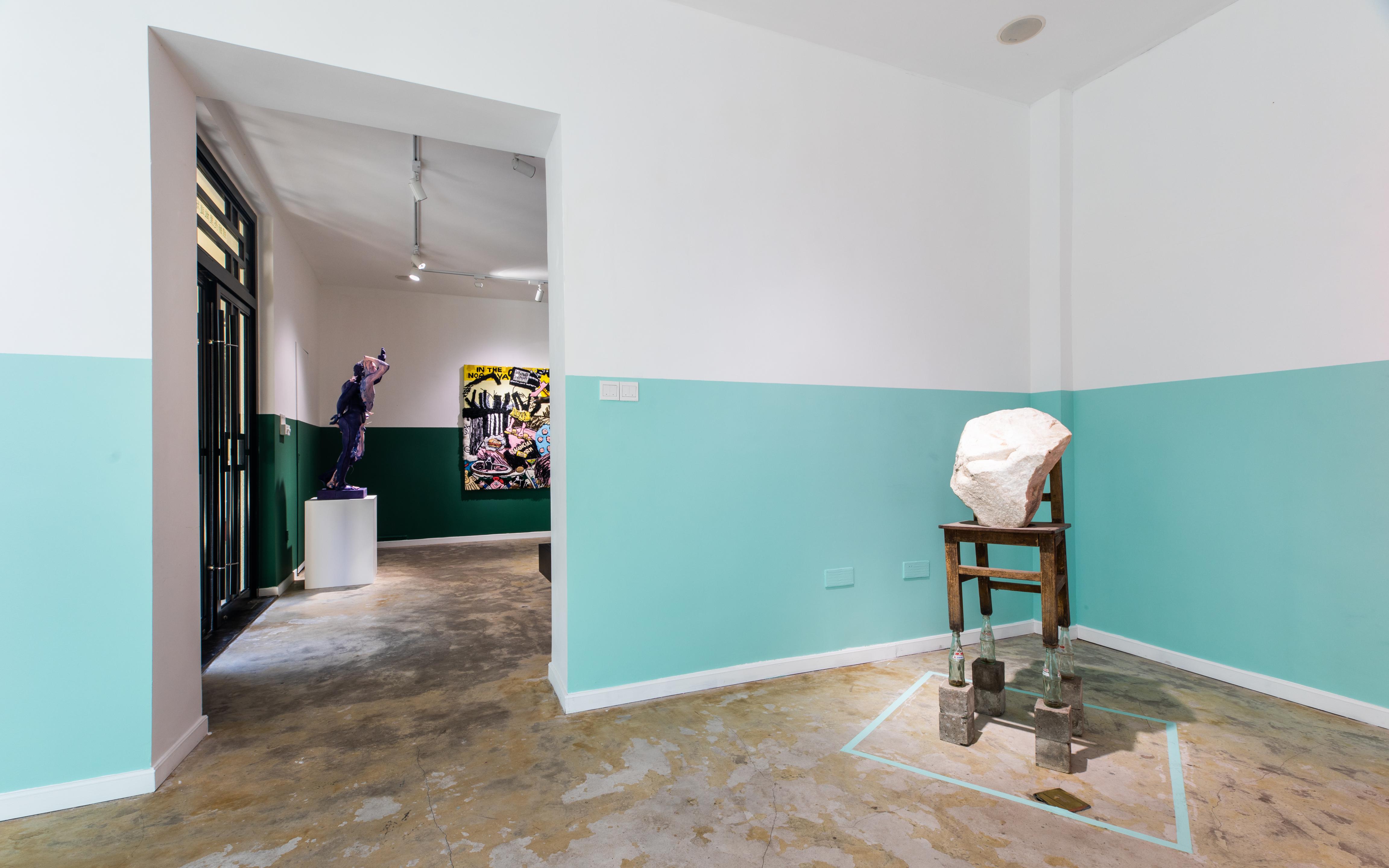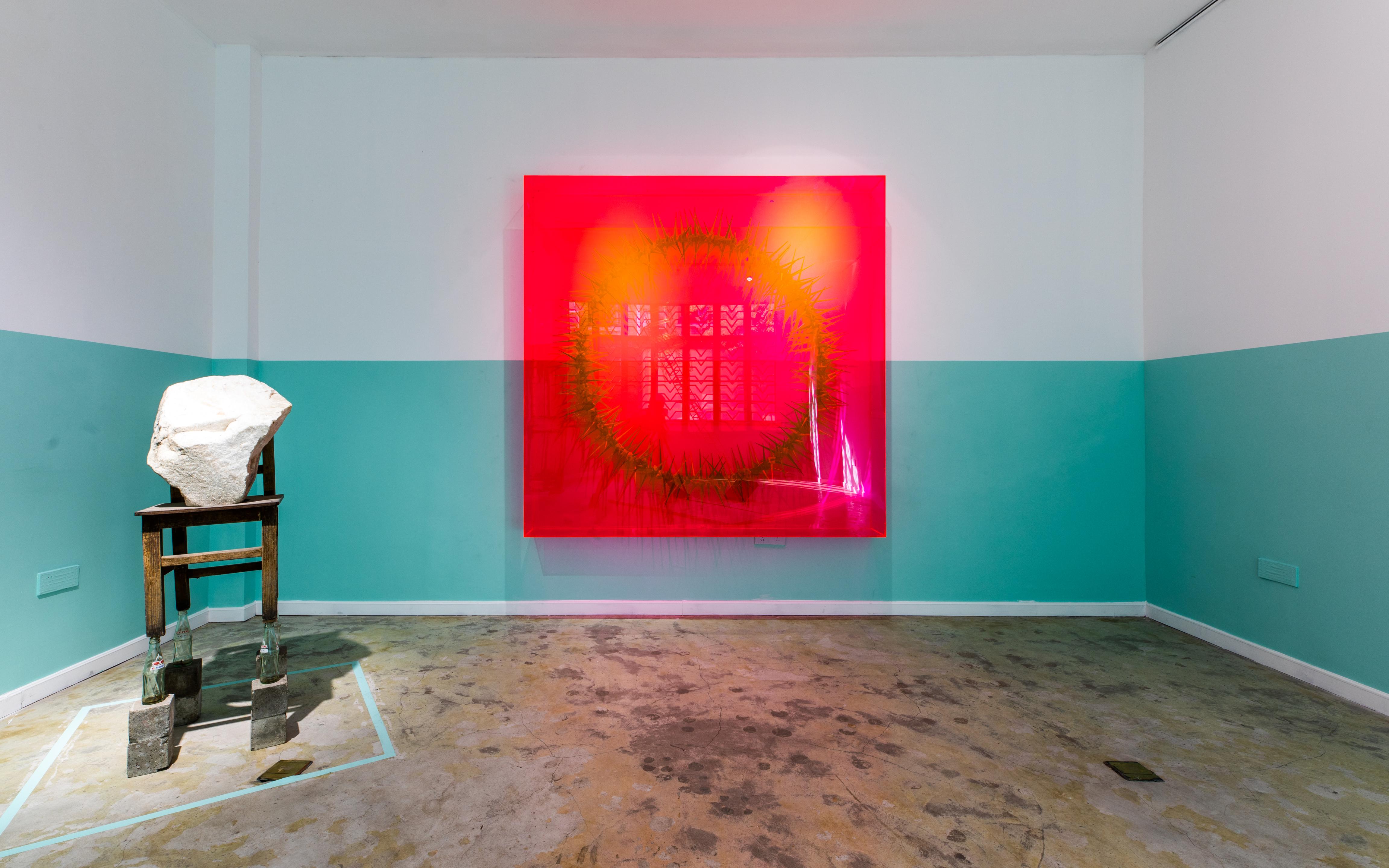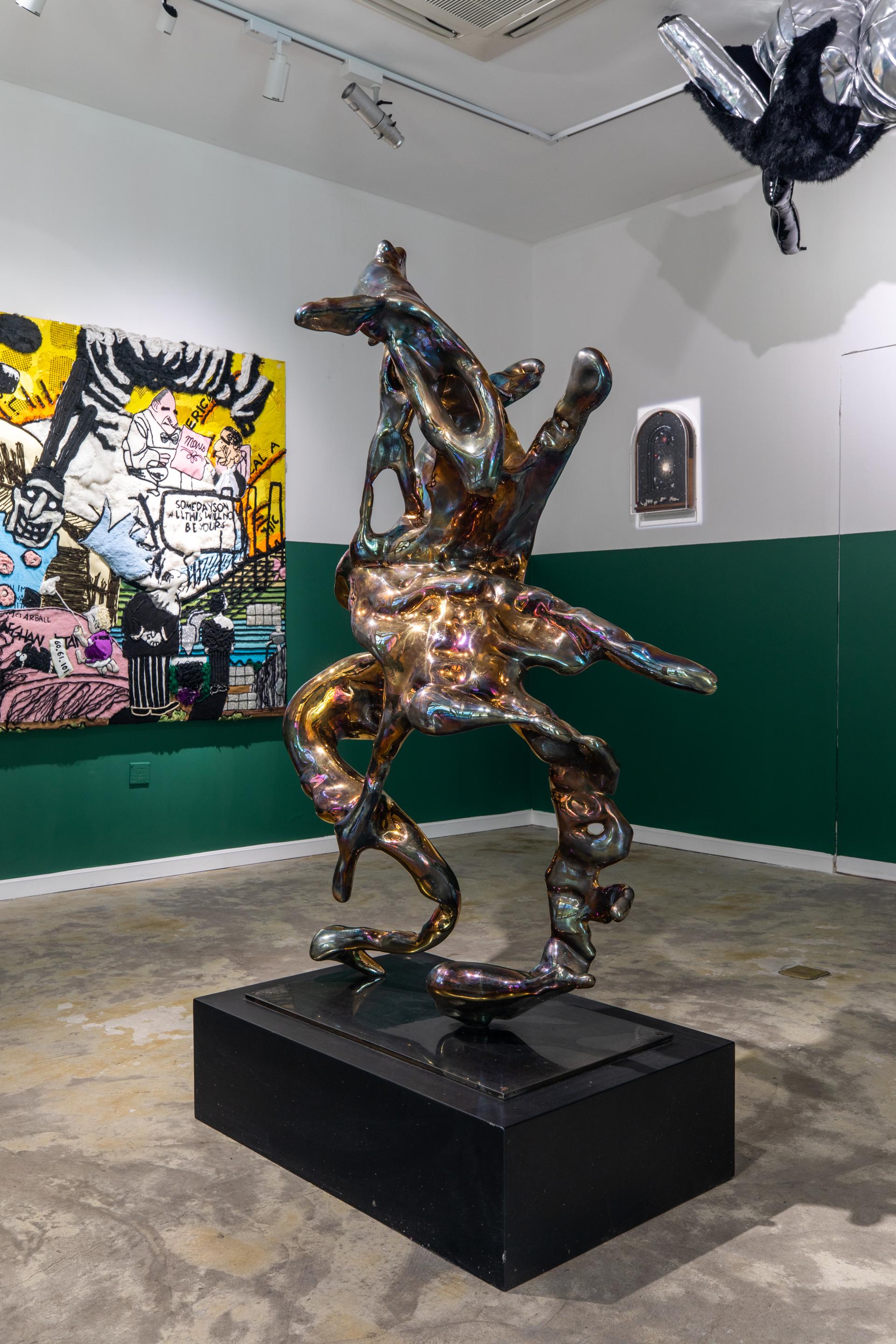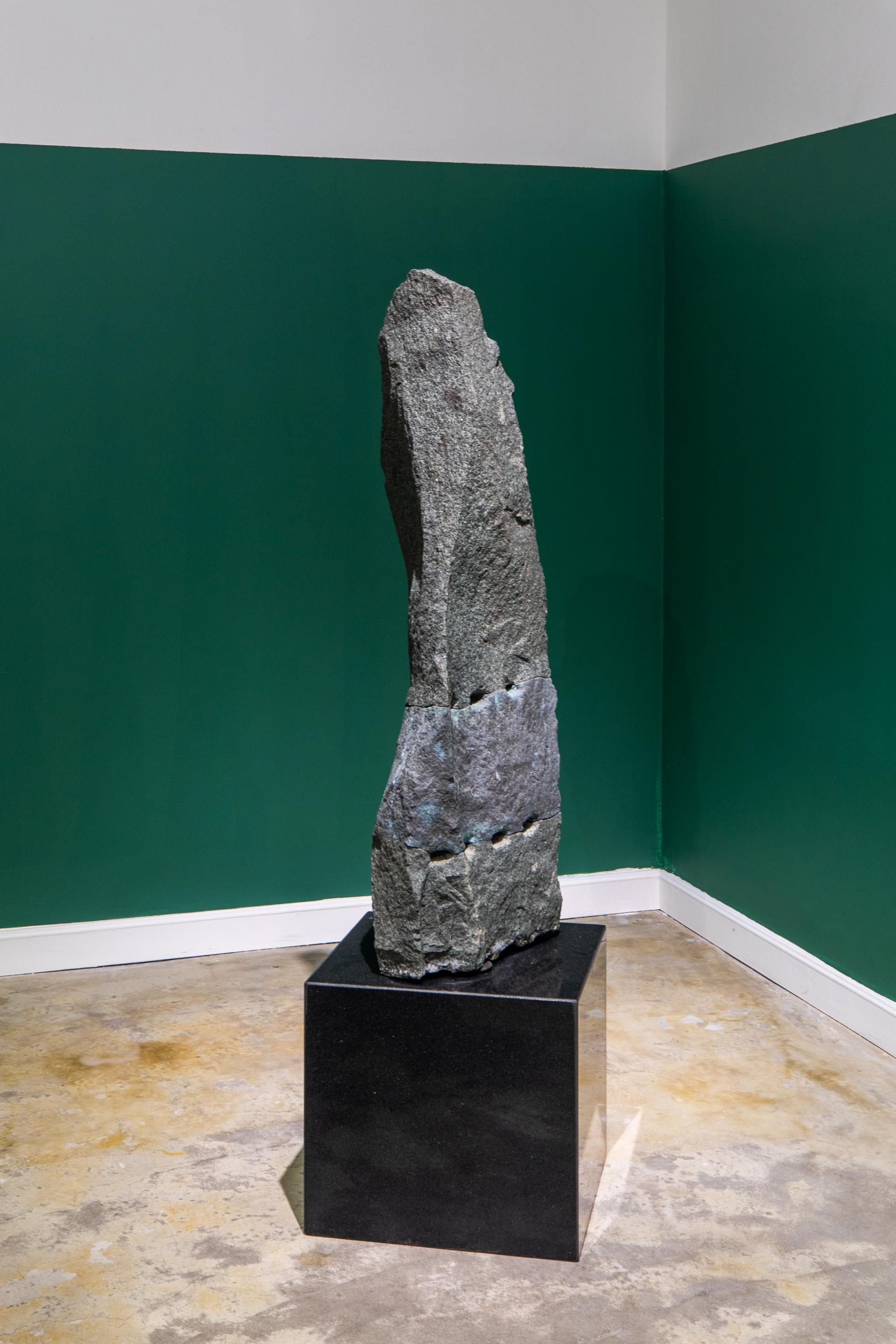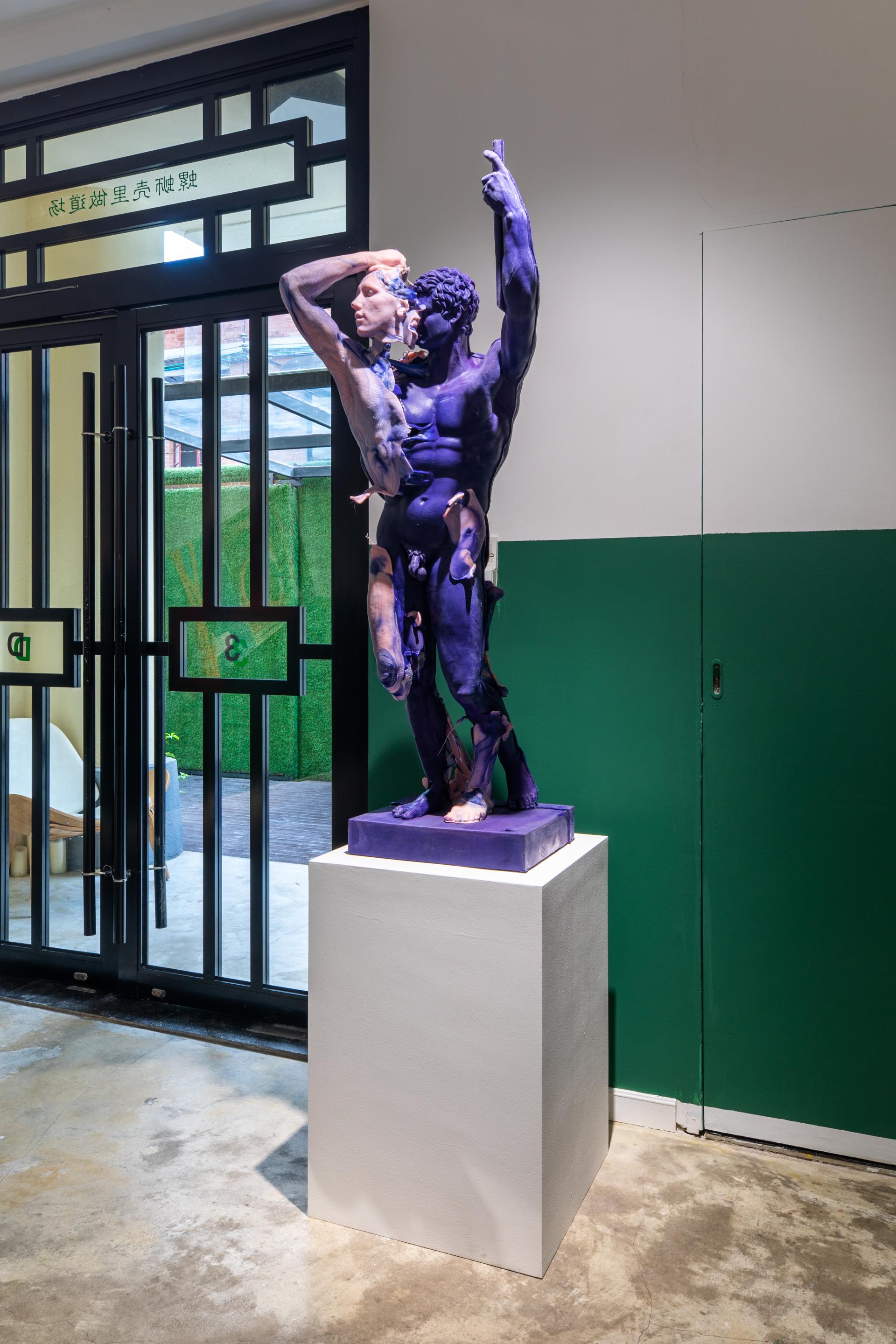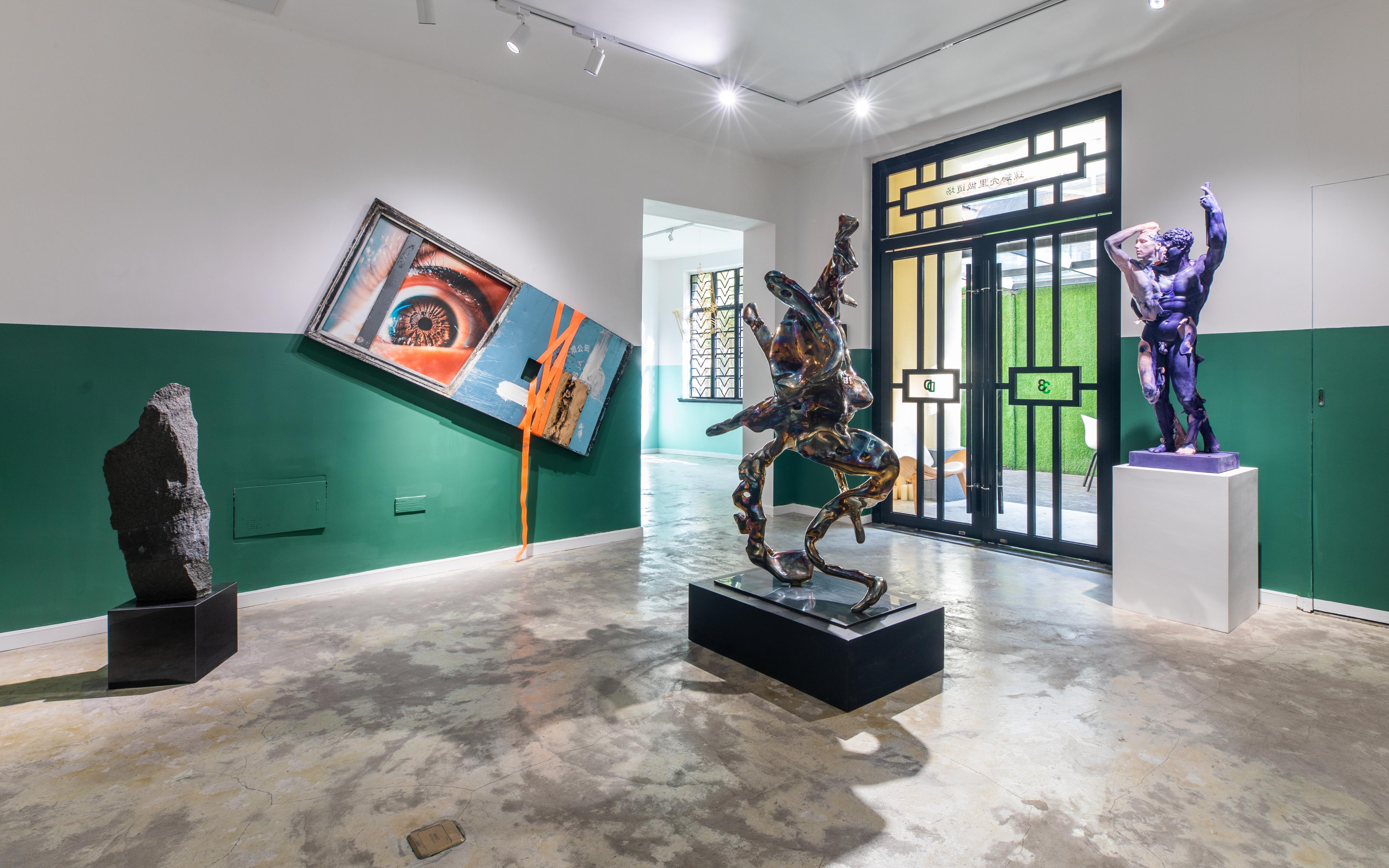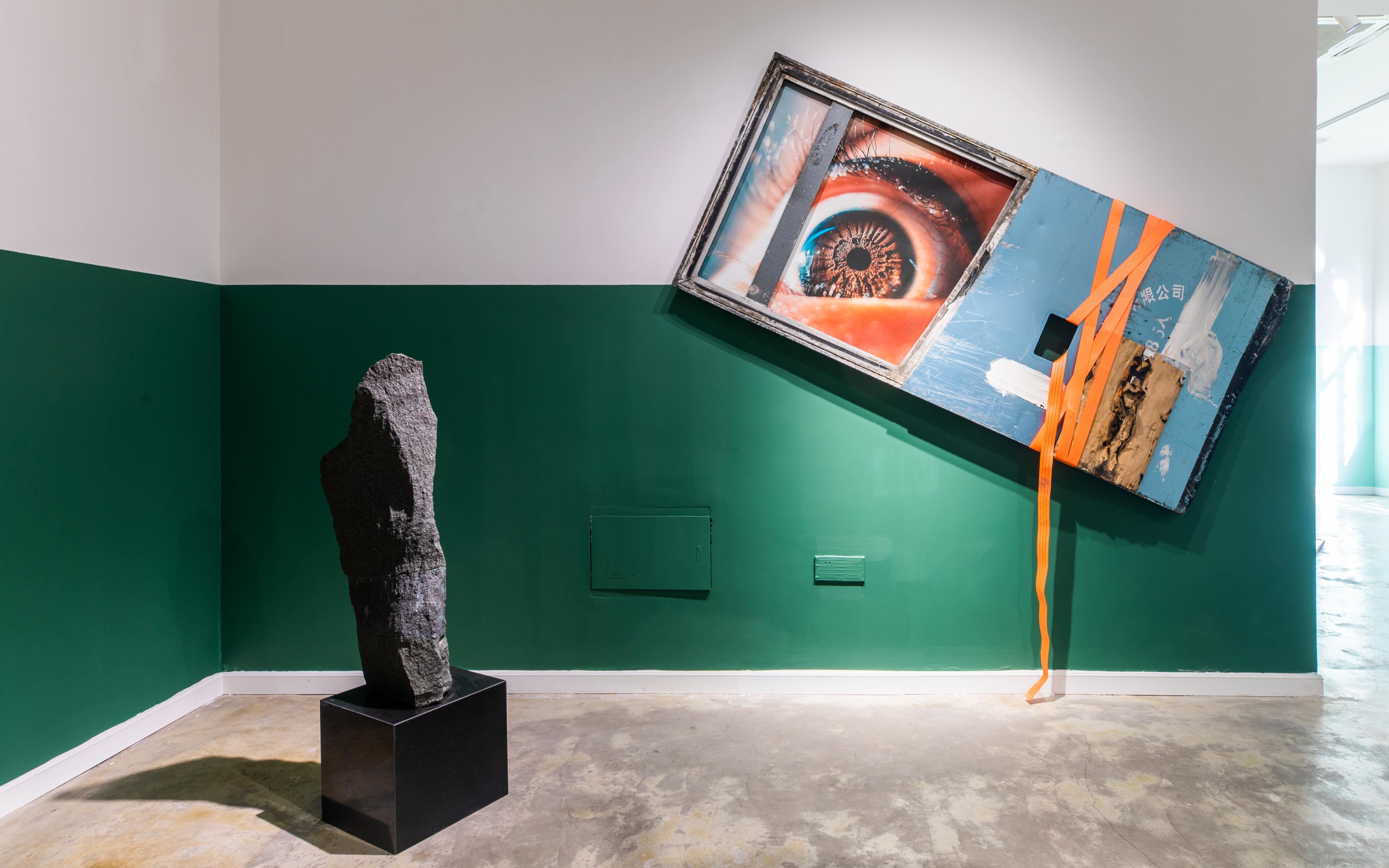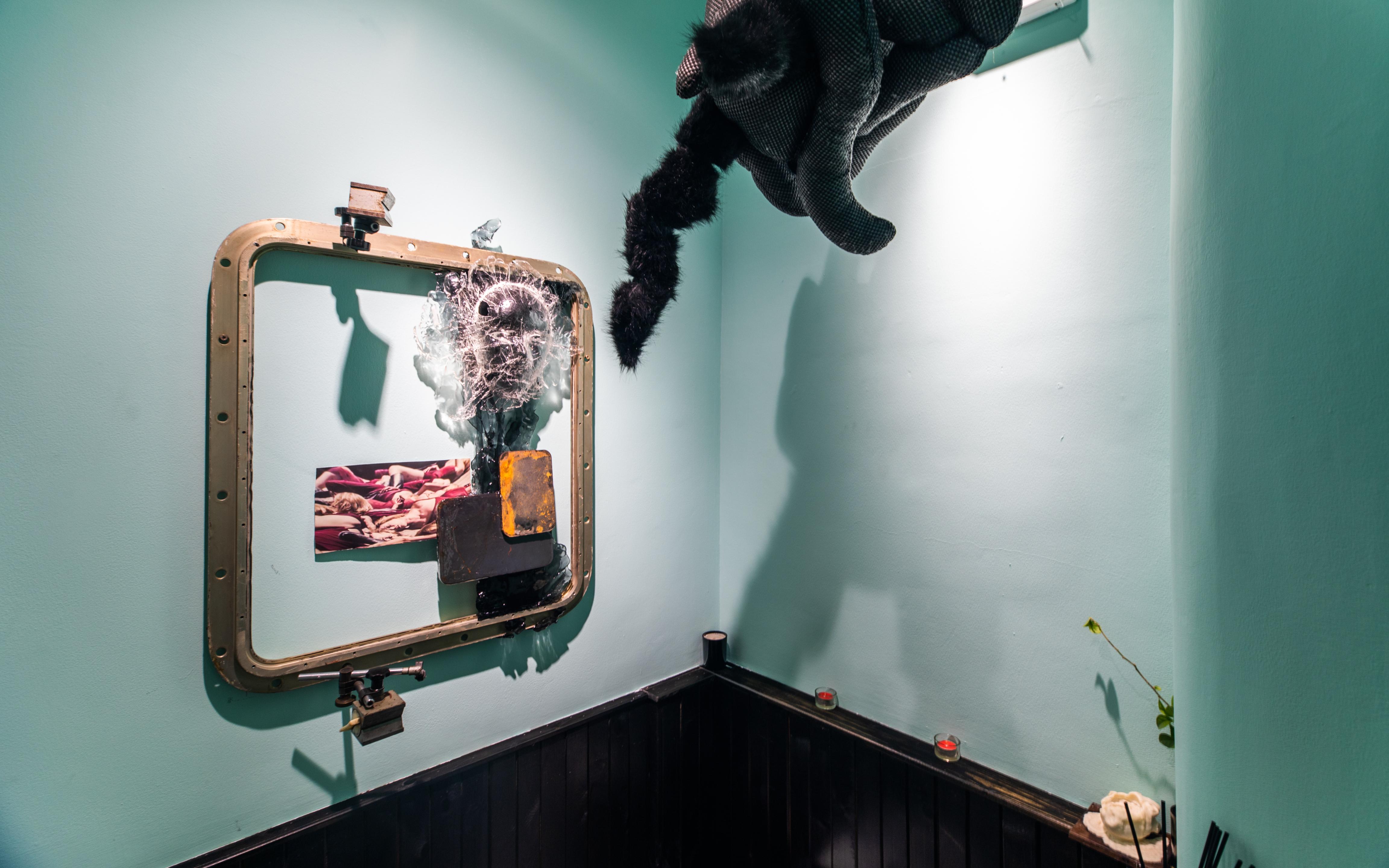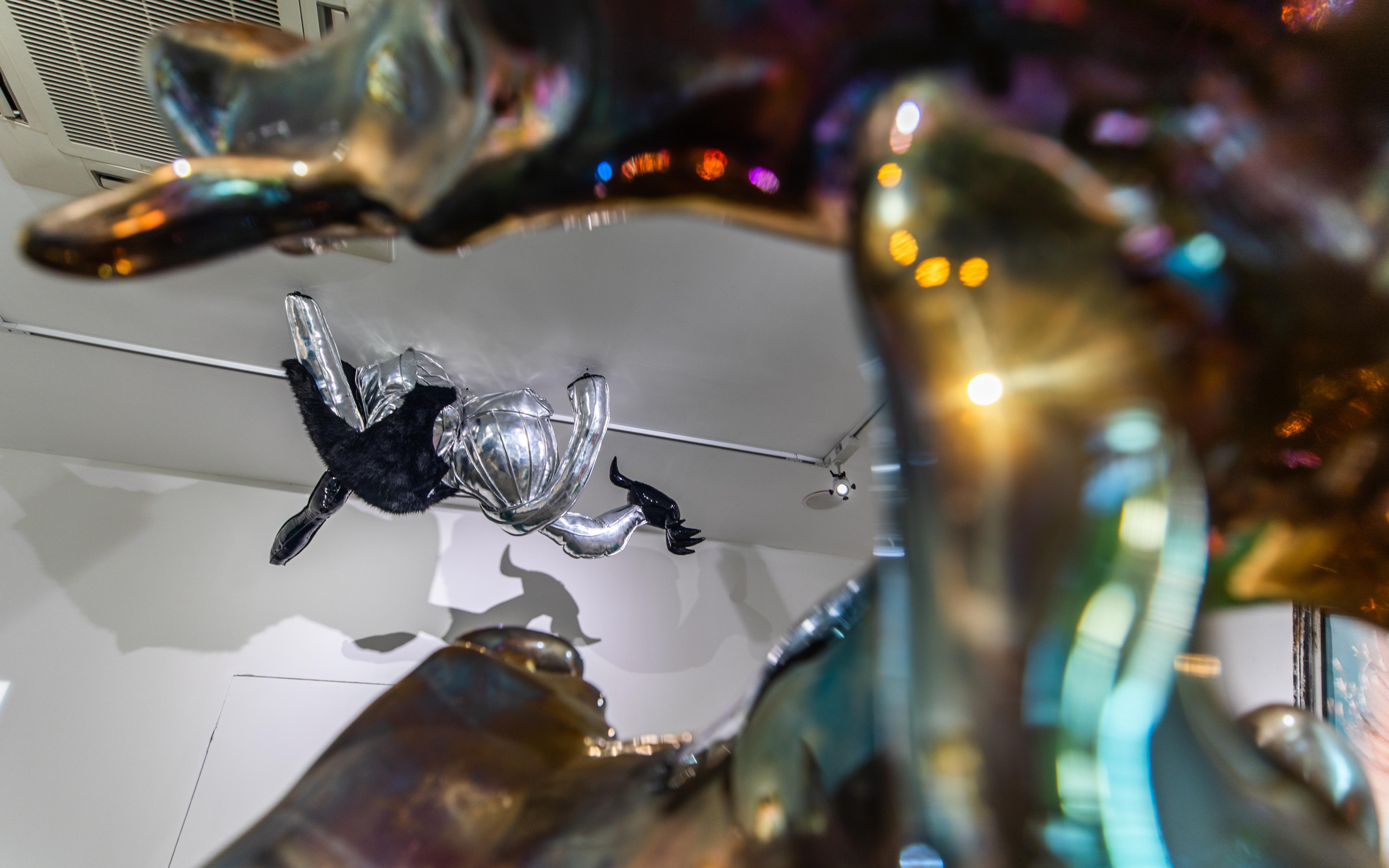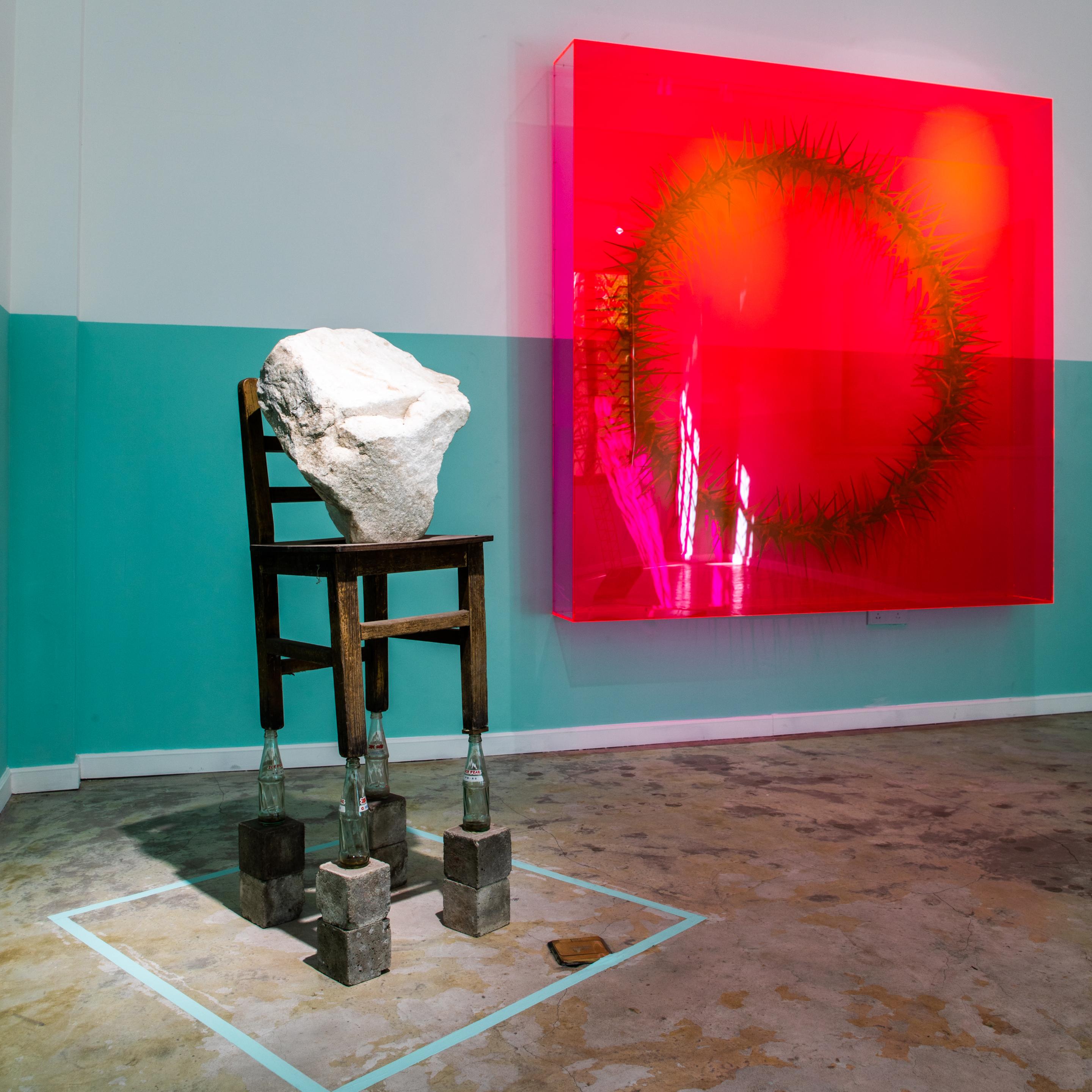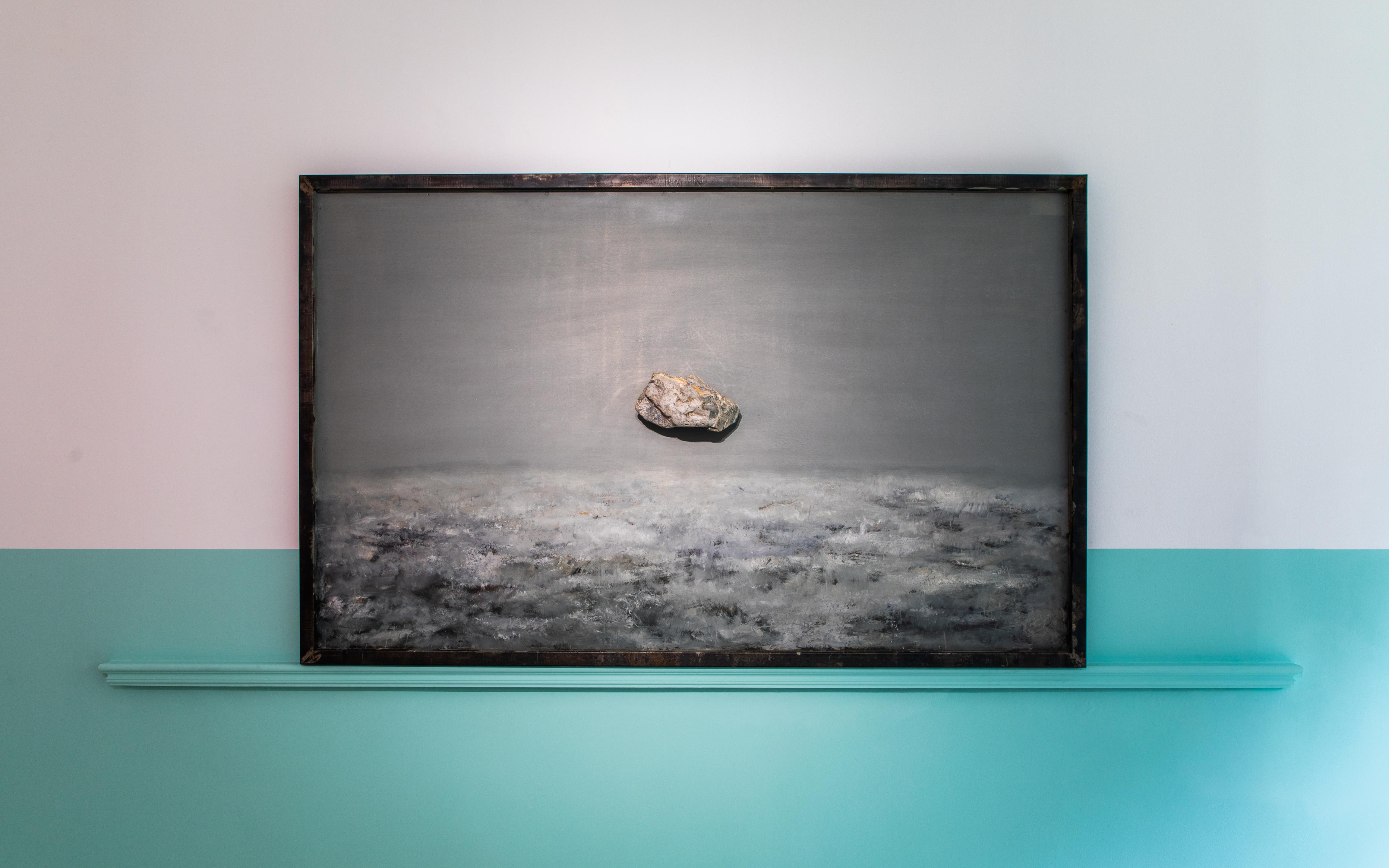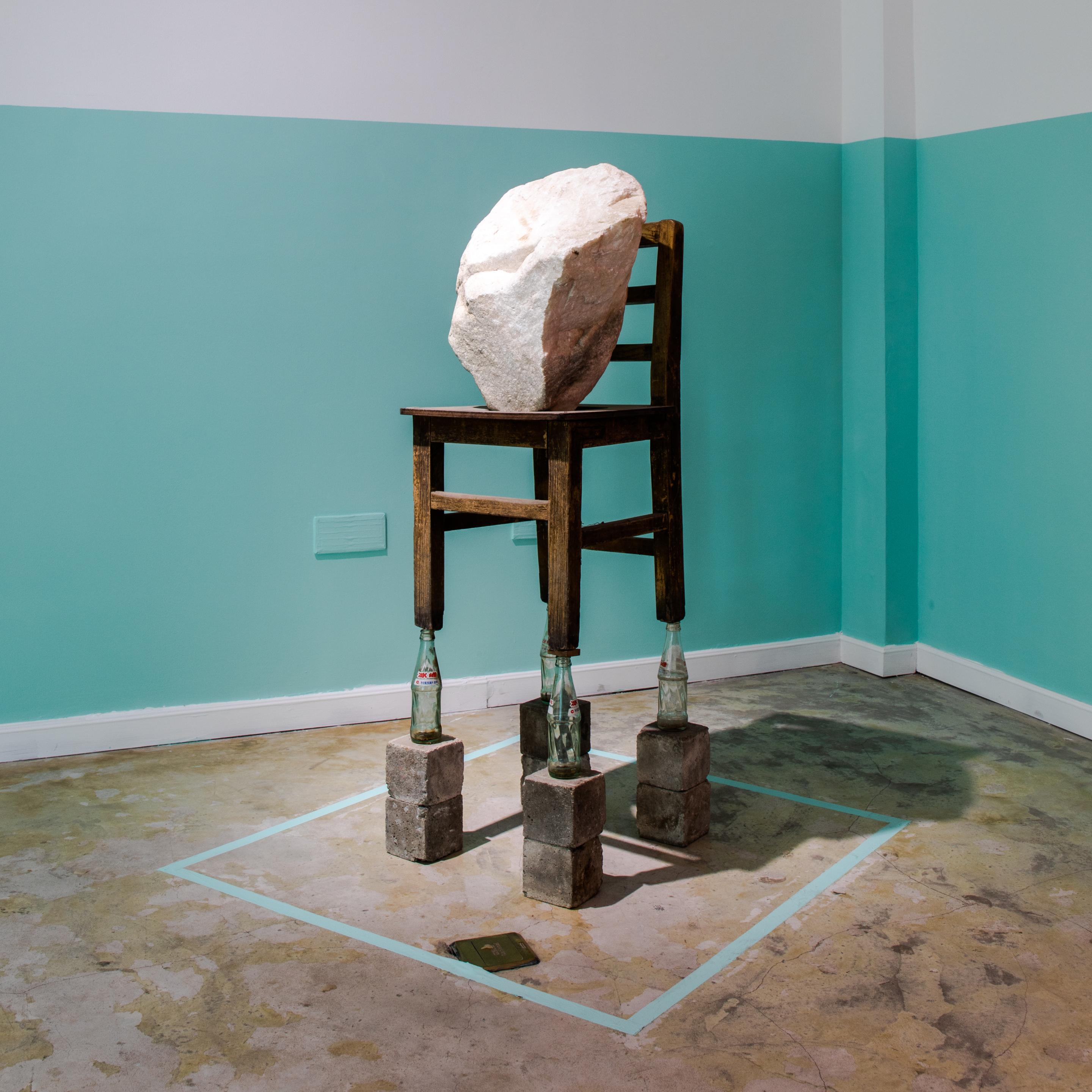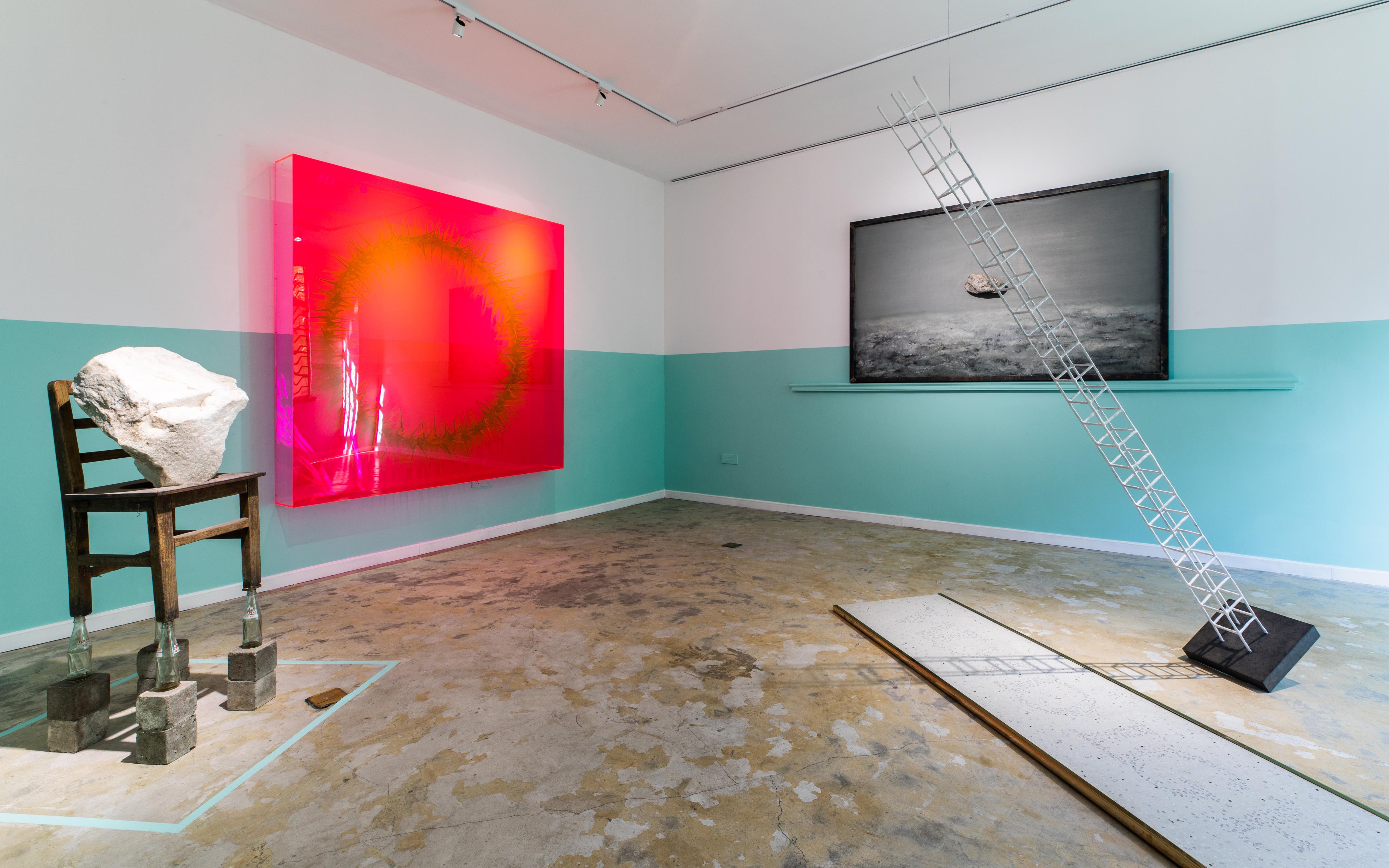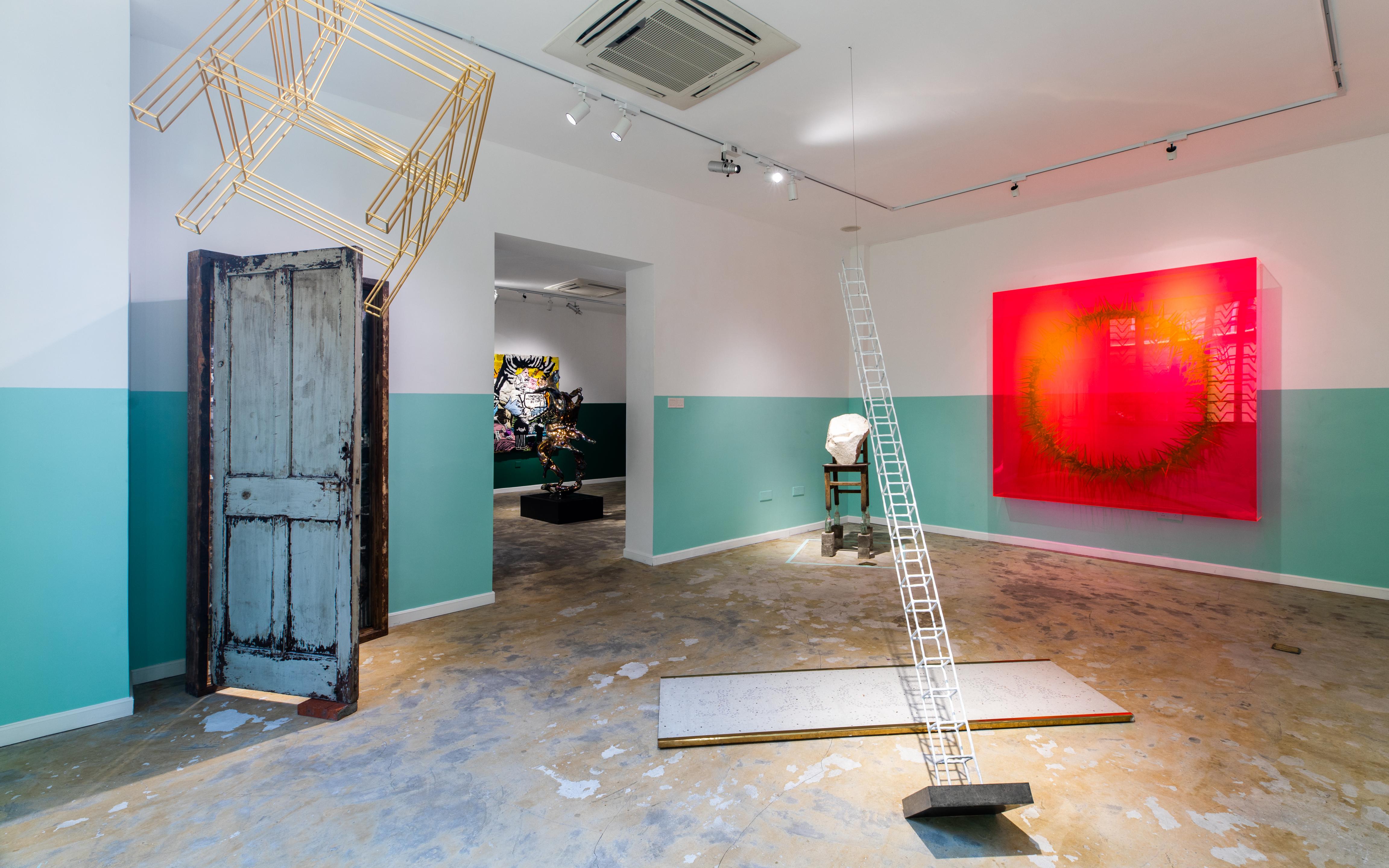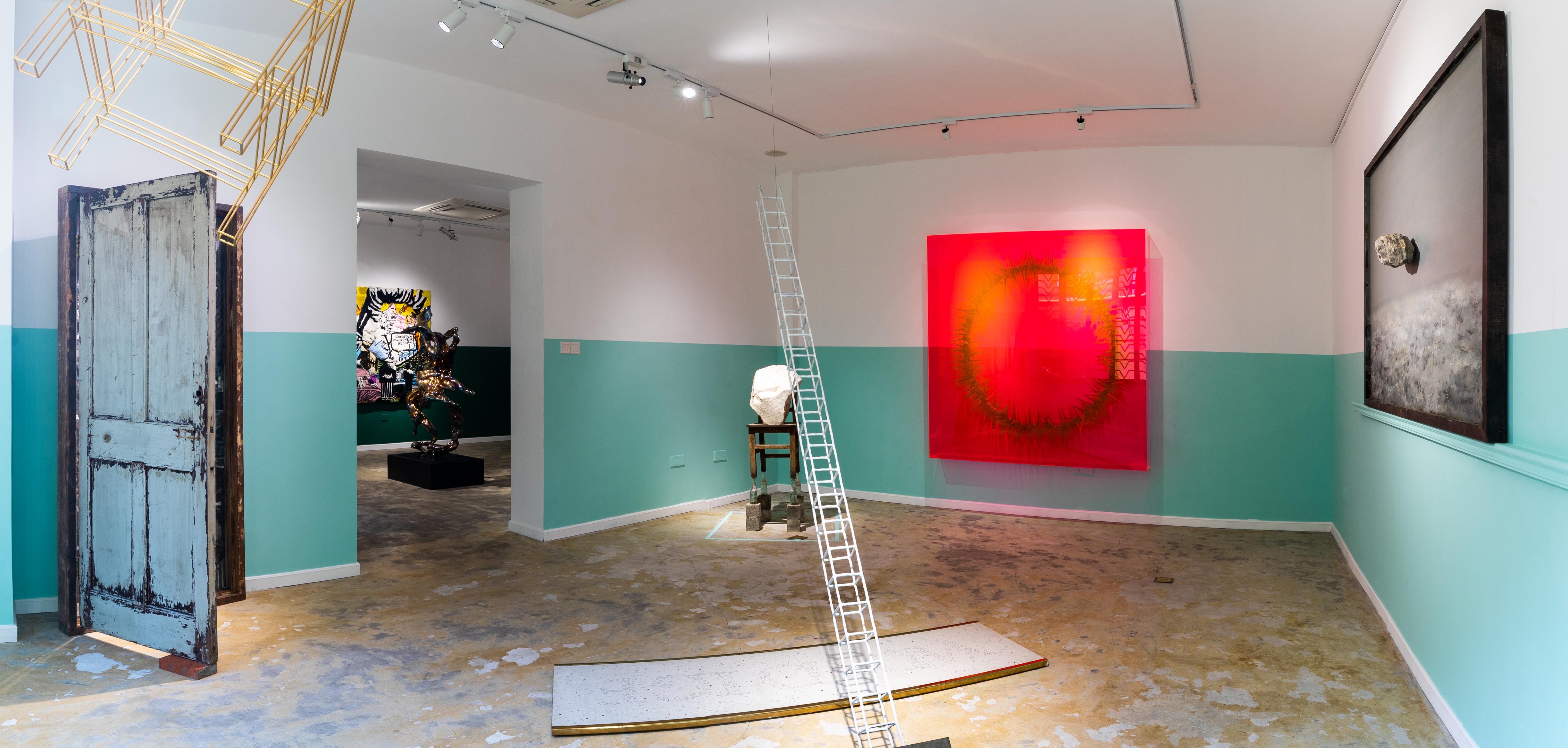By Kaimei Wang
“As evening arrives, all sorts of neighbors whom I might know a bit but never have met so often and who live in the back room over the kitchen or up in the attics all come out. They all have different jobs in the daytime, some work in the bookshop, some are editors, some are skillful printmakers. At this time of the day when they have finished their works and finally return to their compact living in the lane house, they prefer to sit outside the house chatting. Although exhausted from their hard day’s work, they could feel ease here and have the leisure to chat with each other. They chat about everything and anything…”
—— Lu Xun, On life in the lane houses, 1934
Sculpture is a needy lover requiring patience and a demand to be circumambulated. It provides at first, like a fleeting glance from across the room, only a part of itself inviting further investigation; an unpacking; an undressing. The classical definition by the 18th Century scholar Lessing sees sculpture as the art of placing objects in space and while technical innovation over time has diversified sculpture’s means of production, its primal function remains unchanged. Sculpture has a weight that works against gravity and variable dimensionality that differentiates it from painting.
The Chinese title of the current offering at 166 - roughly translated as accomplishing something profound in a confined space - captures the challenges both of sculpture as a practice and curating the ground floor of a Shanghai lane house. Comprised principally of pieces from Andrew and Ling Ling”s collection, the exhibition features works by 13 artists all at varying stages of their careers.
While Shanghai has changed immeasurably since Lu Xun penned the observations above, much of the city retains the character of compact living and multiply layers of mixture of people to which he refers. To reach 166 ArtSpace requires navigation of a variety of lanes and side streets. Past the barber shop where a cut and wash costs 20 Kwai (up 5 Kwai since New Year) the “people inside” sign directs you to a steel frame workshop forced off the curb during the latest Government clean up campaign. A side lane leads to a monastery for Buddhist nuns witness to decades of turmoil but surviving to this day. Onward into the historic playground of the Chinese triads in the 30’s, tea shops, eateries and brothels converted into trendy cafes, design shops and even a tattoo studio give way to a green wall of false grass signaling arrival at the exhibition space. This odd peregrination perhaps serves as an apt metaphor for exhibition of sculptures which as Donal Judd famously observed are no more or less than a means of discovering objects in the world.
策展人:王凯梅
“虽然彼此有些认识,却不常见面的寓在四近的亭子间或阁楼里的邻人也都坐出来了。他们有的是店员,有的是书局里的校对员,有的是制图工人的好手。大家都已经做得筋疲力尽,叹着苦,但这时总还算有闲的,所以也谈闲天。闲天的范围也并不小:谈旱灾,谈求雨,谈吊膀子,谈三寸怪人干,谈洋米,谈裸腿,也谈古文,谈白话,谈大众语。”
鲁迅《门外文谈》, 1934年
雕塑是一个挑剔的情人,需要耐心和小心,慢慢地靠近她,绕着她转;远远地瞧着她,窥其一斑;而欲想知其全貌,和对待情人一样,需要打开和露出的一系列流程。按照18世纪学者莱辛(G.E.Lessing)对古典雕塑的认识,雕塑是一门关于物体在空间分布的艺术。雕塑的家谱年系从古代文明纪念碑沿袭到现代主义摆脱等级、方位的抽象意义的凝聚,经历告别技术性,脱离叙事性的现成品的挑战,发展为在材料,场域、构图、次序等等美学策略的扩延,但雕塑的核心——其与地心引力的对抗,可触可摸的立体特征,以占据空间的体型区别于平面绘画等特征,却未曾改变过。这便是这个英文名为“3D”的展览要展示的内容。
展览的中文名“螺蛳壳里做道场”,一方面回应着雕塑做为艺术实践承载的重量和质量,而另一方面,反映的是在一个有限空间内放置雕塑作品的挑战性。展览的13位艺术家的作品大多数都来自于166艺术空间的主人Andrew和Lingling的收藏,反映不同的艺术家以各自的方式对雕塑艺术的探索和创新。
要在充满市井气的上海弄堂深处,找到被塑料绿植覆盖院墙的166艺术空间,你要跨过几条主街和偏弄后,先路过弄堂口的民工理发店,这里洗剪吹的价格今年春节才从5元涨到20元;往前走,你的目光被“人在里面”的奇怪招牌吸引,做门窗的工坊藏在围墙后面,是小商贩们对抗政府清理街道行动的游击战术——窗户和招牌背后生意照旧;接着你与一座尼姑庵擦肩而过,这隐于闹市中的佛堂目睹过太多上世纪30年代上海滩的血雨腥风。当年这里黑帮出没的茶馆妓院如今变成了艺术咖啡厅、网红设计店还有一家纹身工作室。各种不同路数的人聚在这里过日子,半个多世纪前鲁迅笔下的上海里弄生活丝毫未曾改变,在有限的空间中彼此渗透的生活细节和相互折叠的市民心理搭建起来有腔调的上海生活。引用极简主义艺术家Judd的话,“雕塑是一种发现天下万物的方式。” 这个用螺蛳壳的比喻展现13位艺术家的雕塑作品的展览,也是一种发现世界的方式。


